Can you believe we’re already over halfway through the year? Before you know it, it’ll be Labor Day, then Halloween, Thanksgiving; I mean it’s basically almost Christmas if you think about it. As we get closer to 2025, the marketing landscape continues to undergo a transformative journey, driven by new technologies, evolving social media platforms and heightened awareness of data privacy, among several other factors. GenAI has emerged as a truly exciting innovation, enabling marketers to create personalized content at an unprecedented scale and speed. Imagine having a virtual assistant who not only understands your brand but also crafts compelling campaigns while you sit back and enjoy your coffee.
Meanwhile, social media platforms are starting to see glimmers of a world where Facebook no longer dominates the advertising landscape. Just like in Formula 1, platforms are constantly jockeying for pole position to fight for marketer’s advertising dollars. Platforms including LinkedIn and YouTube are making big pushes for relevance as user behavior shifts to adapt to new features and algorithm changes that challenge us to keep up and stay agile. In the past few years, we’ve seen some seismic changes in social media including the rebranding of Twitter to X (plus a variety of other changes instituted since the acquisition led by Elon Musk), a potential US ban of TikTok, and the introduction of Threads to rival X to name just a few. Beyond social, new search methodologies (voice, social) show much promise as opportunities to gain an edge over the competition for the savviest marketers.
Data privacy is also taking center stage, reshaping how marketers approach targeting and other strategies. Although Google has yet again postponed the phasing out of third-party cookies to early 2025, there is no doubt that the average consumer is increasingly wary of their personal information being used by marketers. In this two-part article, we’ll cover the top marketing trends to keep an eye on going into 2025.
The Rise of LinkedIn
Believe it or not, the platform best known for uploading your resume and job hunting has been one of the hottest movers and shakers since the pandemic upended our lives. In 2023, the platform reached 1 billion global users (including an impressive 211M+ in the United States) and 500 million newsletter subscribers. LinkedIn doesn’t share daily or monthly average users, but the company reported that in the spring of 2023, users shared 41% more content than they had in the same period in 2021. That kind of organic growth is hard to fathom for a 22-year-old platform, but LinkedIn has managed to position itself as one of the last places to have professional and increasingly personal conversations due to the changes at X (more on this later). Users who previously would have posted on Facebook, Instagram, or Twitter are gravitating towards LinkedIn. Why? Terrified of TikTok eating their lunch, Meta has prioritized their products to emphasize interests instead of friends, moving personal sharing to semiprivate realms such as Stories or direct messages. X on the other hand, has simply become too unstable for many advertisers. Algorithmic changes, the introduction of the paid blue badge, amongst several other unpopular changes have caused brands to flee, bringing their ad dollars with them (a year after the acquisition, X’s ad revenues were down 55% YOY). LinkedIn also saw a huge boost during the pandemic when our personal and work lives became increasingly blurred. Workers felt more comfortable posting vacation pictures and emotional stories, content that previously would’ve been less socially acceptable, often captioned with a hail-mary, vague mention of something work-related (in case the boss sees). The product team at LinkedIn has ridden this wave, introducing new tools for creators and pushing “knowledge-based” content to great success.
Advertisers have taken note. While B2B marketers have long utilized LinkedIn in their campaigns, B2C marketers are increasing their spending, driving up ad prices and revenues (in some cases by as much as 30%). Business Insider expects LinkedIn’s US ad revenues to increase +14.1% to almost $5B by the end of 2024. While that’s only a small fraction of Meta and Google’s market share, it’s more than double that of Snap and around 4 times that of X. Despite the sky-high prices of impressions on LinkedIn, marketers report very impressive ROI on their campaigns (as much as 20% ROI). Penry Price, LinkedIn’s VP of Marketing Solutions, said that brands are investing more ad spend into LinkedIn because the platform is filled with decision-makers and key stakeholders in buying processes. We expect this trend to continue through the rest of 2024 and into 2025; as Bloomberg so eloquently put it, LinkedIn is cool now.
Stay up to date with product announcements and exclusive insights by following Northbeam’s Linkedin page here.
The Race to Replace Twitter
In October 2022, Elon Musk officially acquired Twitter and immediately began dramatically remolding the company to fit his vision. He started by firing several senior executives at Twitter including CEO Parag Agrawal and CFO Ned Segal, eventually laying off 80% of Twitter’s 7,500+ employees. He famously declared that only employees who wanted to engage in “maniacal work” should stay, leading to the resignations of hundreds of staffers (including a large chunk of the trust and safety team, spurring the flight of several large advertisers from the platform). Musk also took Twitter private, officially delisting it from the New York Stock Exchange in November ‘22, giving him the freedom to make changes as he saw fit without having to report to a board or shareholders. He went on to overhaul the verified system by launching a paid $ 8-per-month subscription, allowing anyone to obtain a blue check mark. This led to a wave of impersonations of public figures and brands, leading to mass confusion and misinformation. Musk also controversially reinstituted accounts of several notorious accounts that had previously been banned, including former president Donald Trump. The biggest change came in the summer of 2023 when Musk rebranded Twitter to X seemingly overnight in an attempt to turn the platform into more of an “everything” app similar to WhatsApp. Although it remains to be seen if these changes will benefit X in the long run, there’s no doubt that advertisers have fled the platform in droves. Reports that brand ads were being shown next to controversial and offensive content made marketing teams uncomfortable with continued spending on X (perhaps because the brand safety team had been axed). A year after Musk bought Twitter, ad revenue was down 55% year over year. Musk later named Linda Yaccarino, a former executive at NBCUniversal, as the new CEO of X in a bid to reassure and woo advertisers back to the platform.
This fall from grace for X has prompted a race to provide an alternative space for users fleeing “Twitter 2.0” for greener pastures. Meta, always keen to take competitor market share, launched Threads in July of 2023 as their take on a text-based social media platform. Threads started hot with a reported 30 million sign-ups within 24 hours of release before hitting 100 million members within the 1-week mark. Members aren’t the same thing as active users, but the latest update from Meta shows Threads has 130 million monthly active users. X currently has 550 million monthly active users, so Threads still has a way to go before dethroning the king, but Meta has made remarkable progress in just one year. Leadership has stated many times that they believe Threads has the potential to become the next billion-user platform. Although there are several other players in the space such as Mastodon and Bluesky, Meta’s expertise in monetizing social media platforms and partnering with advertisers makes them the smart bet to eventually come out on top of this race.
Check out Northbeam’s twitter account here.
Bye Bye TikTok?
During the pandemic, TikTok emerged as a powerhouse and social media darling as the platform raced to over a billion monthly active users worldwide by September 2021. TikTok is largely responsible for the popularity of short-form video content in the US, primarily based on its powerful recommendation algorithm that’s adept at showing users more of what they enjoy. Owned by Beijing-based ByteDance, TikTok has courted plenty of controversy in the past as politicians have accused of it being a tool for propaganda and a national security risk. Many American lawmakers are worried that the Chinese regime could “weaponize” TikTok and spy on US citizens including military and government personnel. Many universities and government agencies at the local, state, and federal levels began enacting bans on the app from official work devices. The Trump administration attempted to force a sale, but efforts were largely unsuccessful until April 2024 when President Biden signed the “Protecting Americans from Foreign Adversary Controlled Applications Act.” The bill stipulated that ByteDance has 9 months (until January 2025) to find a buyer for TikTok with the possibility of a 3-month extension if meaningful progress is made toward a sale. As of the writing of this article (summer 2024), TikTok has responded by suing the US government on First Amendment grounds. The case will almost certainly take more than a year to resolve, but as marketers, we can’t afford to be caught without a contingency plan in case TikTok does get banned by early January of next year. Creators are already beefing up their Instagram Reels presences in response, but YouTube Shorts has emerged as a promising contender to the big two. In early 2023 Shorts crossed the 50 billion daily views mark, which although still short of Meta’s combined 140 billion daily views across Facebook and Instagram, is starting to garner significant traction with advertisers. Interestingly enough, YouTube seems committed to longer-form content with the intent of using Shorts to drive engagement towards that content. The company is intent on chasing TV ad dollars instead of just digital ones given that YouTube owns more than 50% of ad-supported streaming watch time on TVs. This runs counter to the fact that Shorts isn’t designed for a TV experience (it’s optimized for mobile), but it’s useful for creators to have the option to create shorter content that can boost traffic to longer videos. While we’ll have to see who comes out on top of this short-form video war, this signals that YouTube believes its core value is in the longer video content that’s historically been its bread and butter.
The Elephant in the Room: GenAI
We would be remiss to talk about marketing trends without mentioning GenAI. Ever since ChatGPT was launched in late 2022, marketers have been salivating over the potential of using GenAI to create text, images, video, and audio. With GenAI, marketers can create personalized content at scale, producing tailored ads, social media posts, email campaigns, etc. that will resonate more deeply with target audiences. These AI-driven tools can analyze vast amounts of customer data to generate insights into behavior, preferences, and trends, allowing for more precise segmentation and messaging. Beyond that, GenAI can significantly streamline the content creation process, reducing the need to hire expensive agencies for good old-fashioned photo and video shoots. It can write decent copy, design graphics, and even generate videos, freeing up human resources to focus on strategy and creative oversight. GenAI has even empowered us to conduct A/B testing and optimize campaigns faster and more effectively than before. However, while content creation was the first widely adopted use case, another development could be more impactful to a wider range of users. In May 2024, Google rolled out AI Overviews: its AI-powered search engine (formerly known as Search Generative Experience). AI Overviews is designed to improve user interaction and engagement by offering conversational and contextually relevant search results in a UI similar to ChatGPT’s prompt system. When users search on Google using AI Overviews, they will no longer see highly-ranked links first. Instead, they will first get a summarized overview of the prompt before scrolling down to see which links contributed to that answer. As a result, AI Overviews tends to prioritize summarized content over publisher links which now get placements below the Overviews chatbox. Publishers have seen a substantial decline of up to 60% in organic search traffic, translating to an estimated $2 billion loss in ad revenue within Google’s pilot version of AI Overviews. It’s too soon to say for sure, but the release of Overviews may upend all of our traditional SEO strategies if we’re to stay relevant in this new era. Since GenAI can generate large amounts of low-quality content, we’ll likely need to focus on high-quality content that provides clear and valuable information to get our content featured in Contextual Summaries. It remains to be seen if SEO tactics will be as effective if getting highly-ranked pages is not nearly as impactful due to AI Overviews eating up most of the real estate on screen.
2024 has shaped up to be an exciting year already, and we can’t wait to see what 2025 brings us. Is your team keeping an eye on these trends? If so, watch out for Part 2 of our 2025 Marketing Trends deep dive, coming soon!




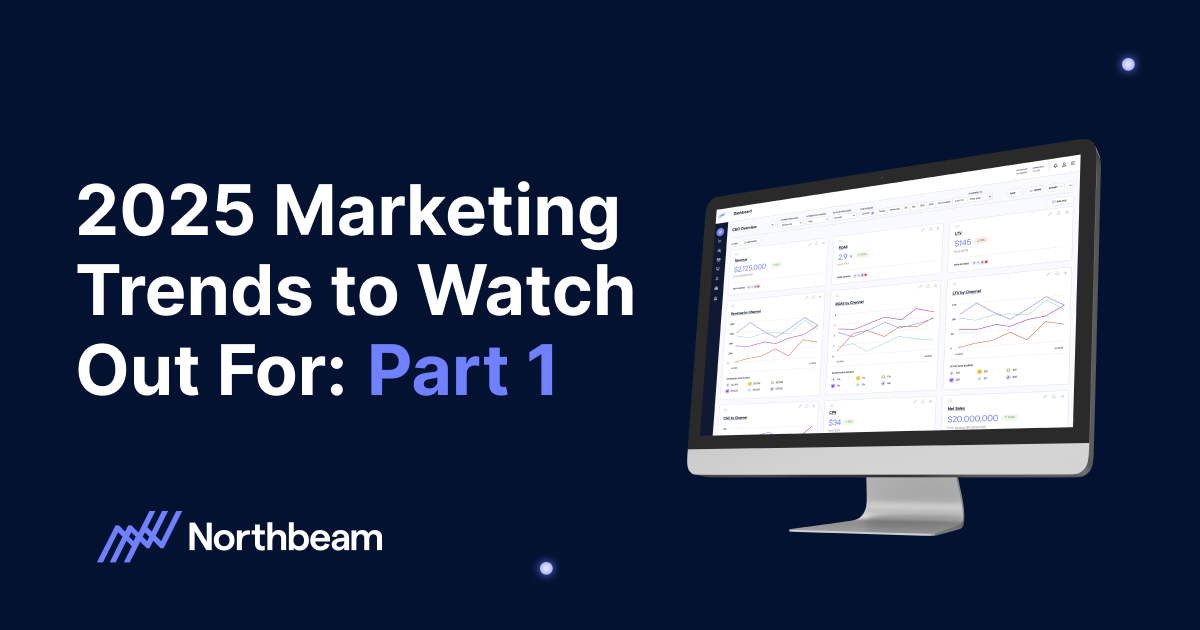




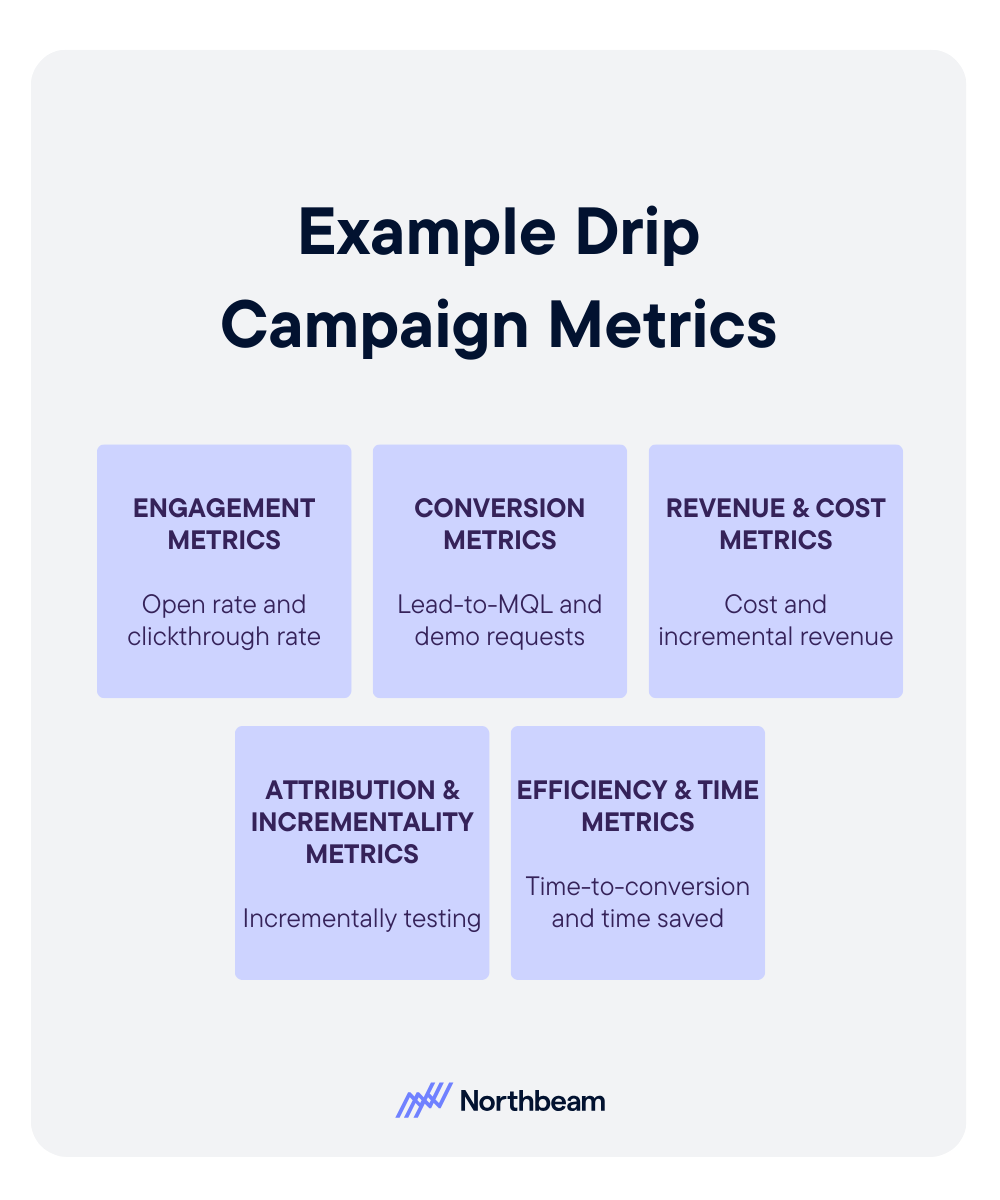

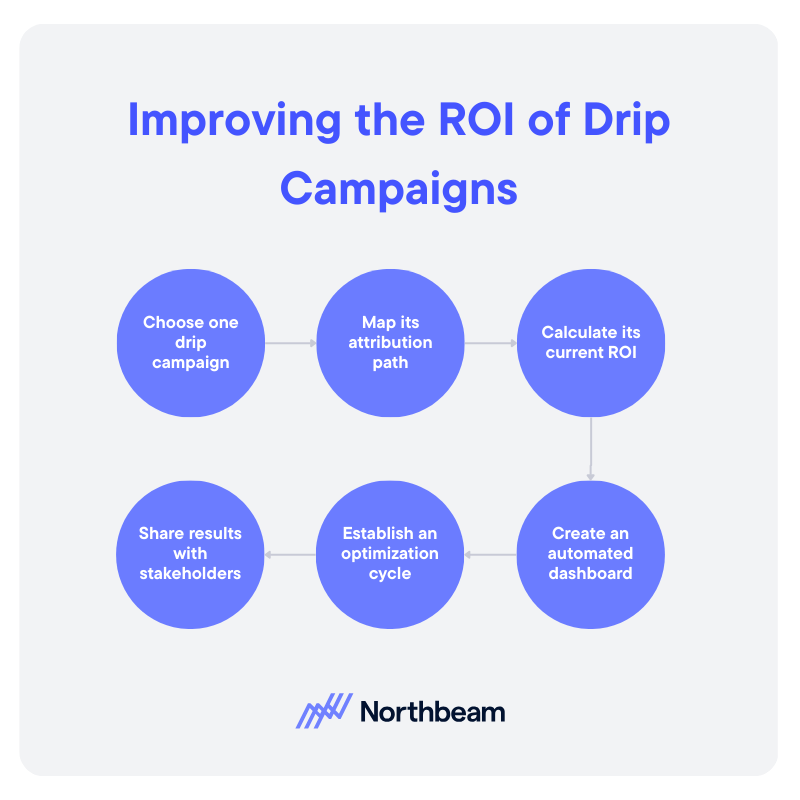


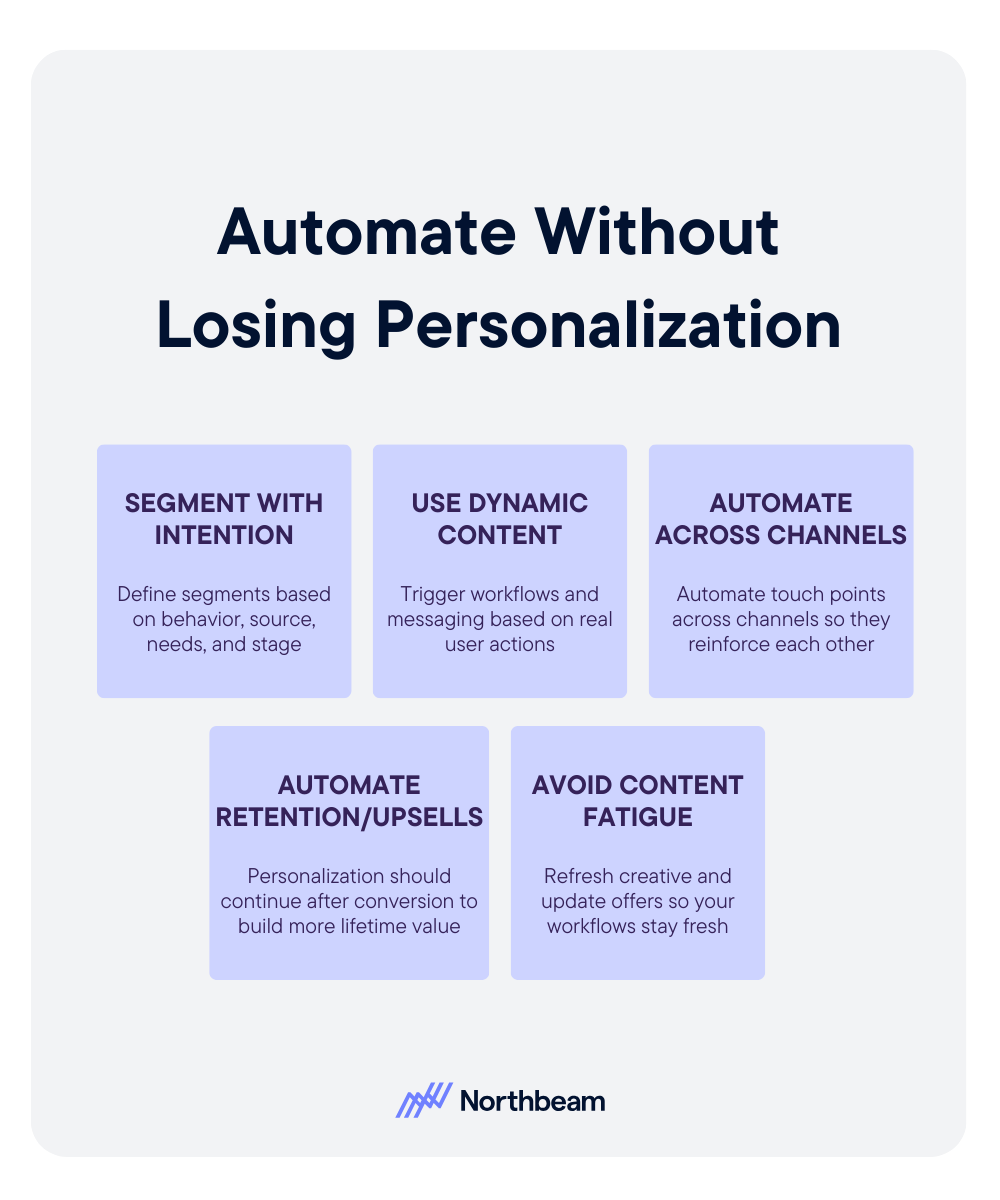






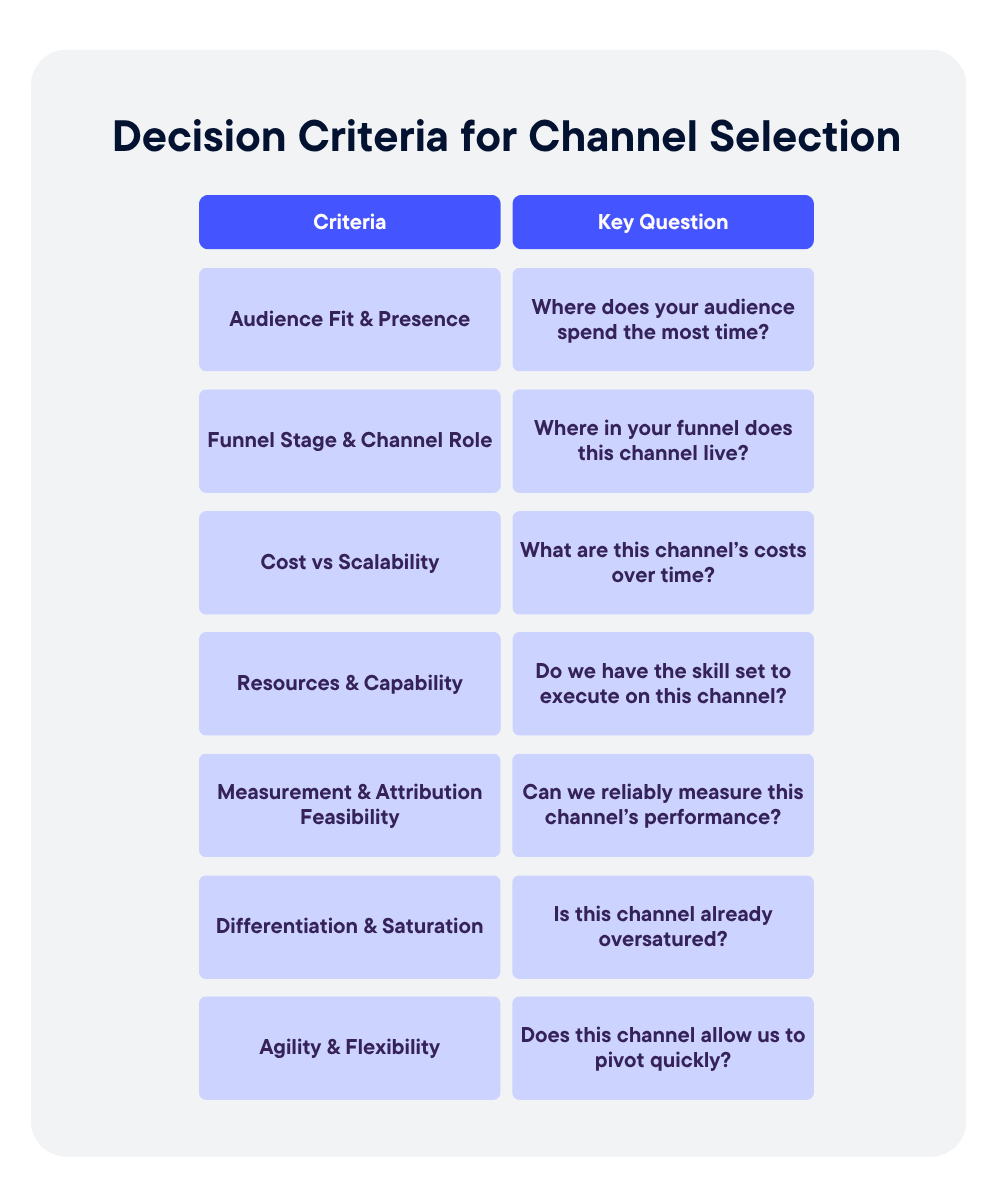
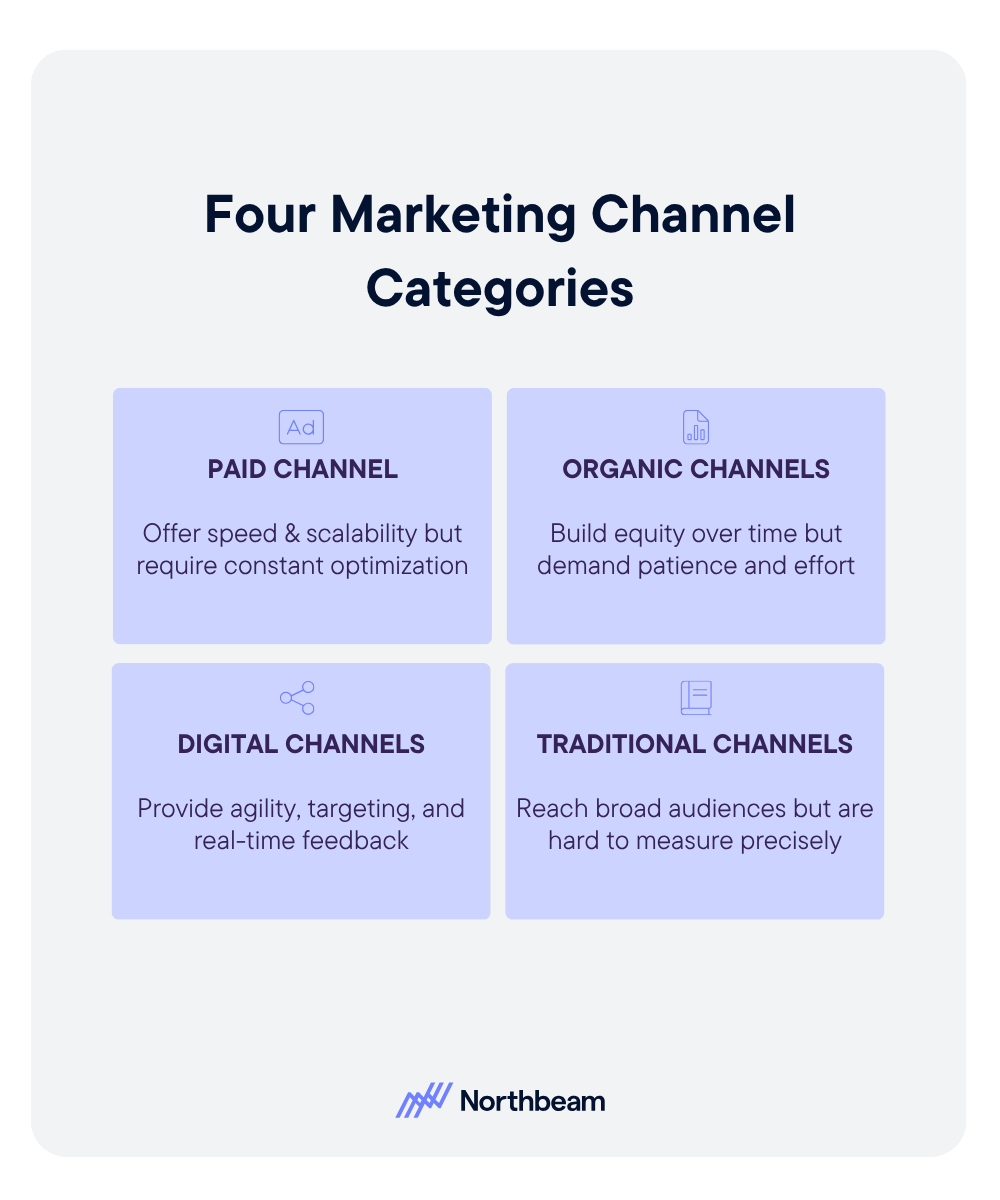
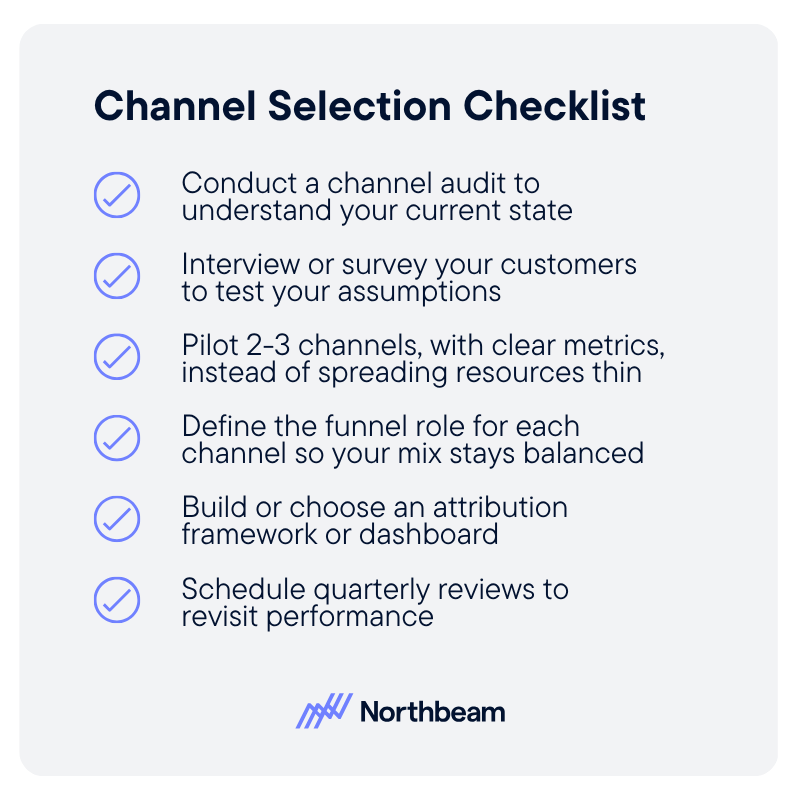

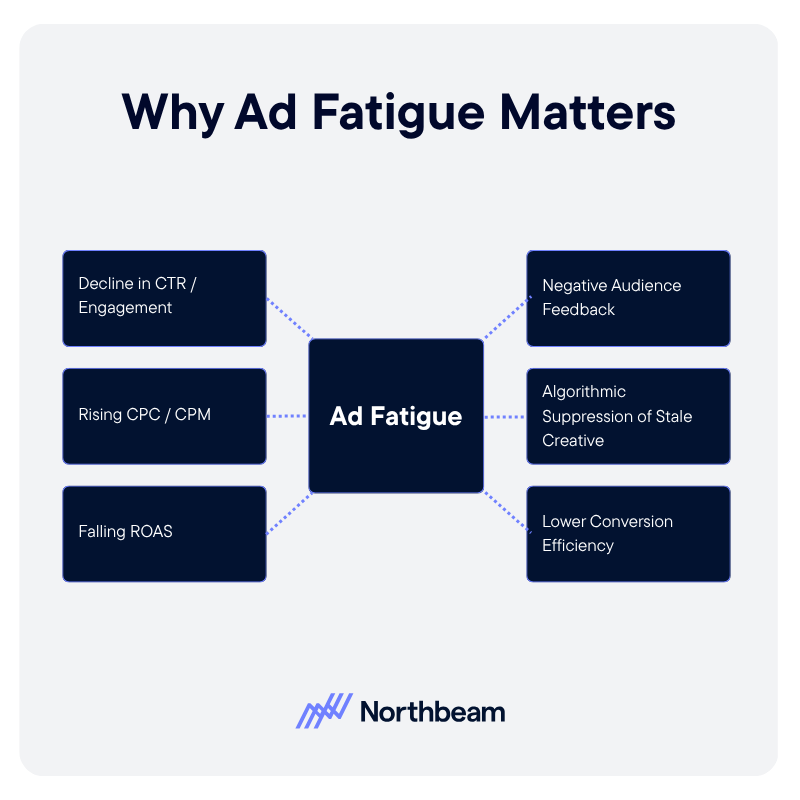





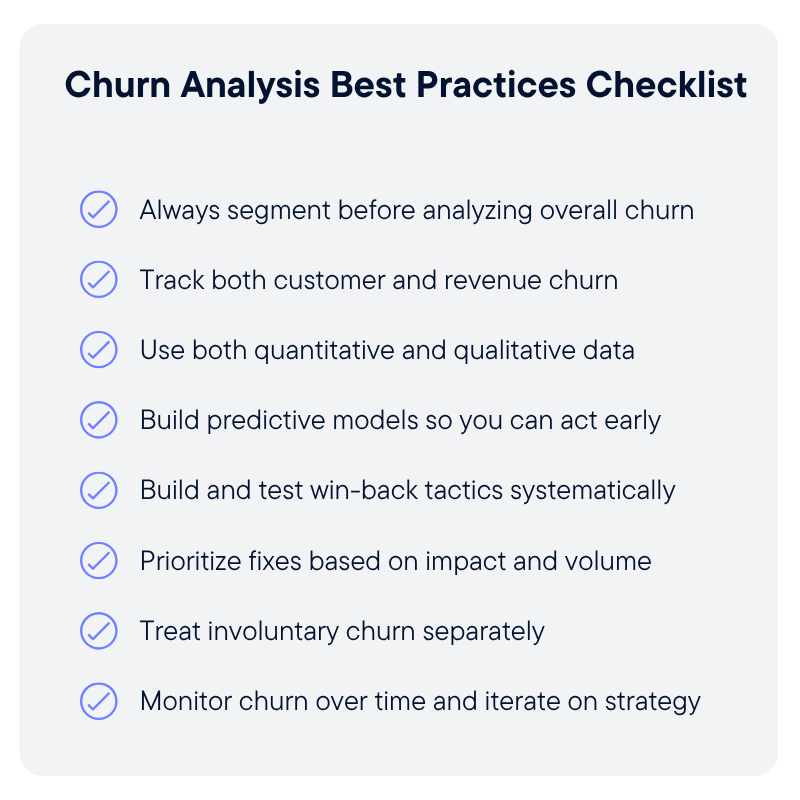

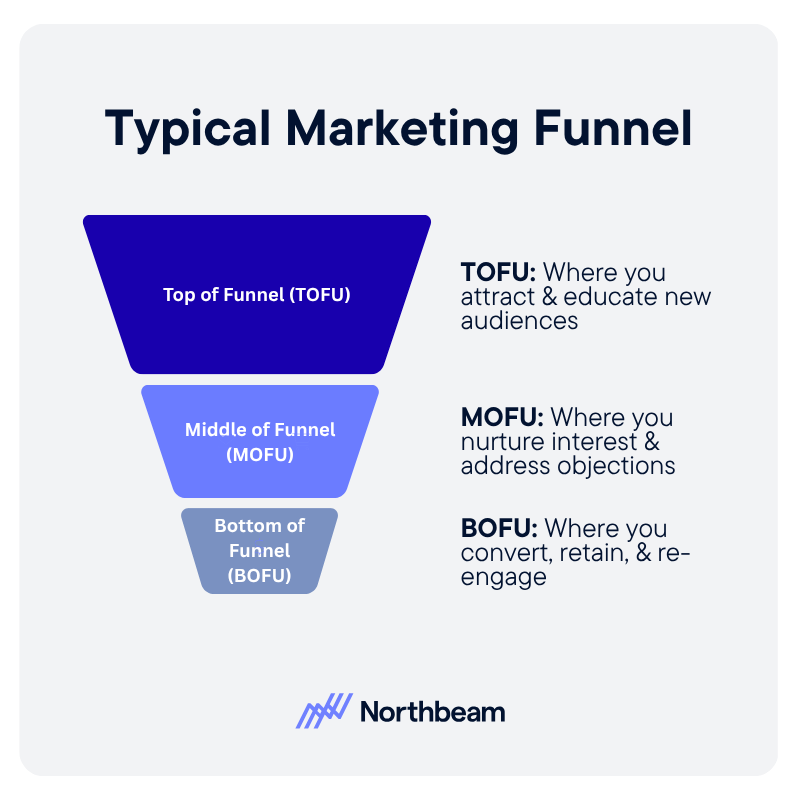

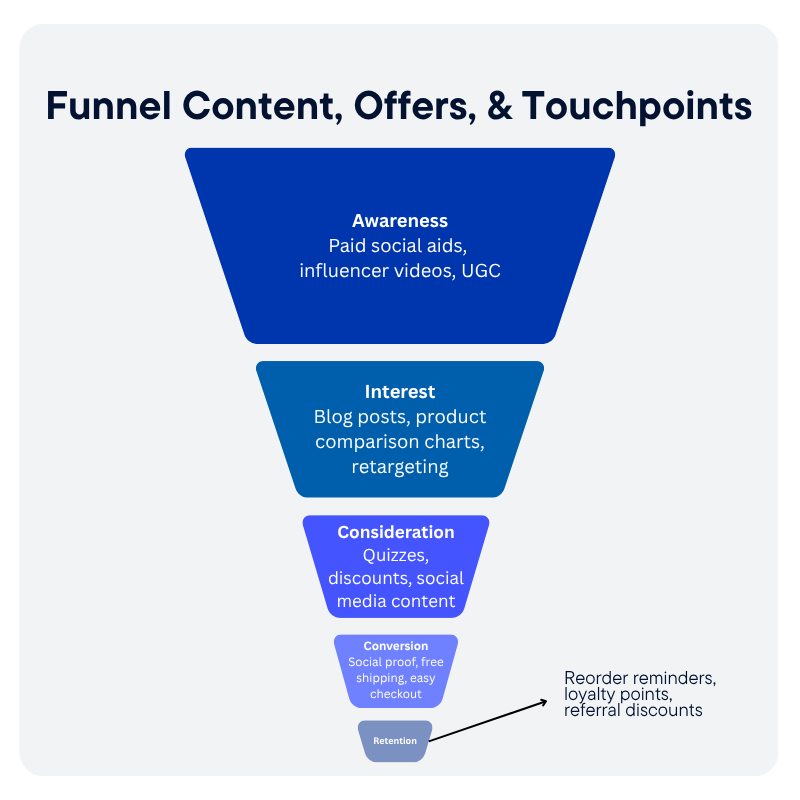
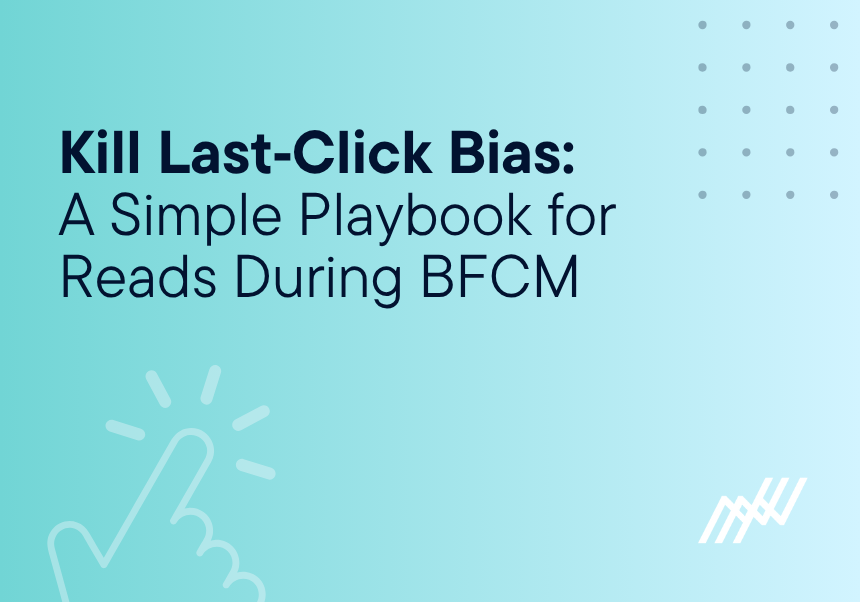

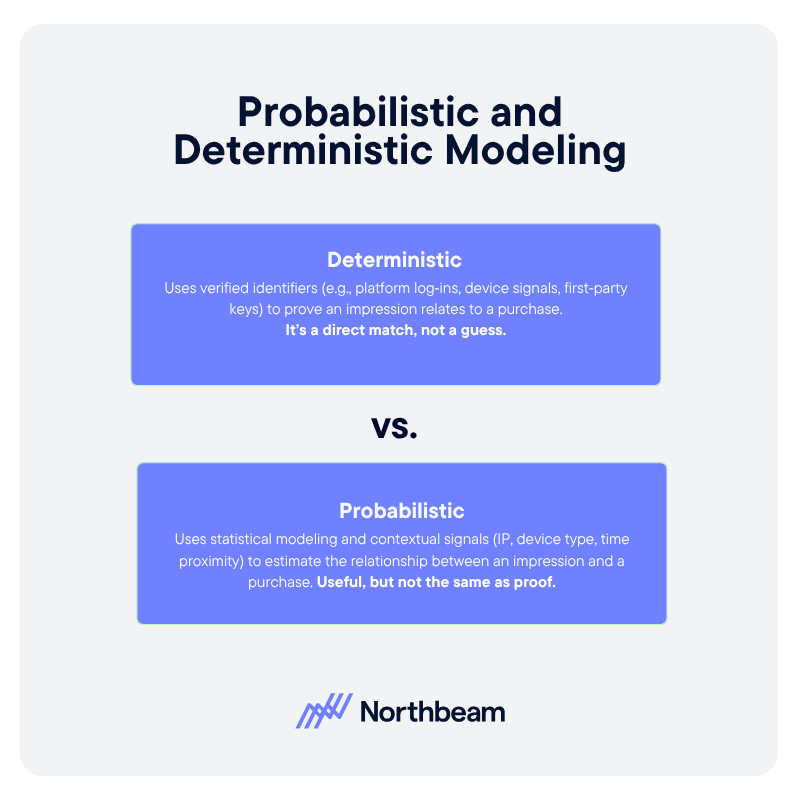




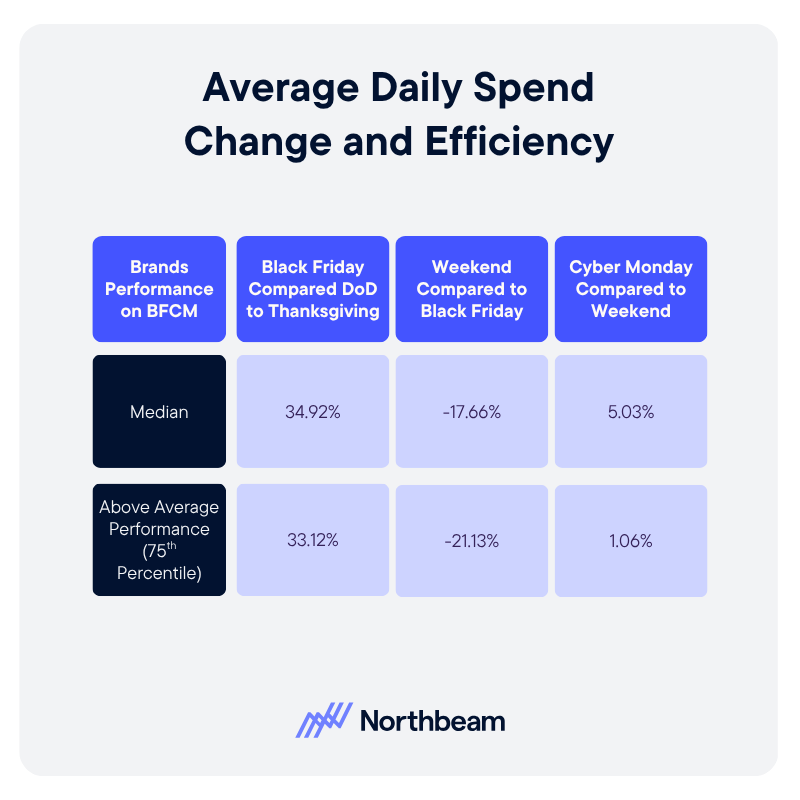
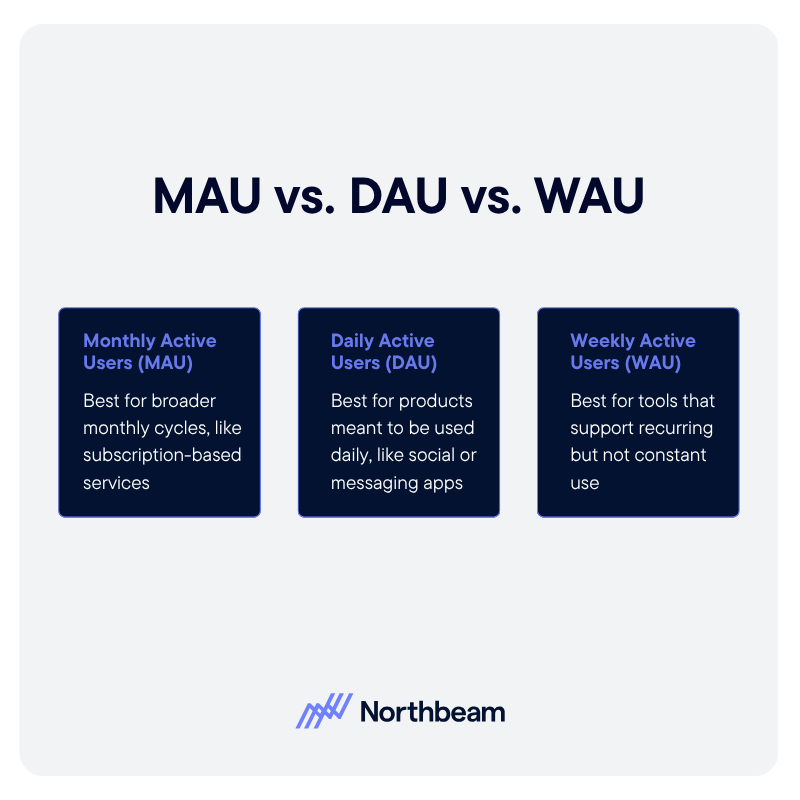

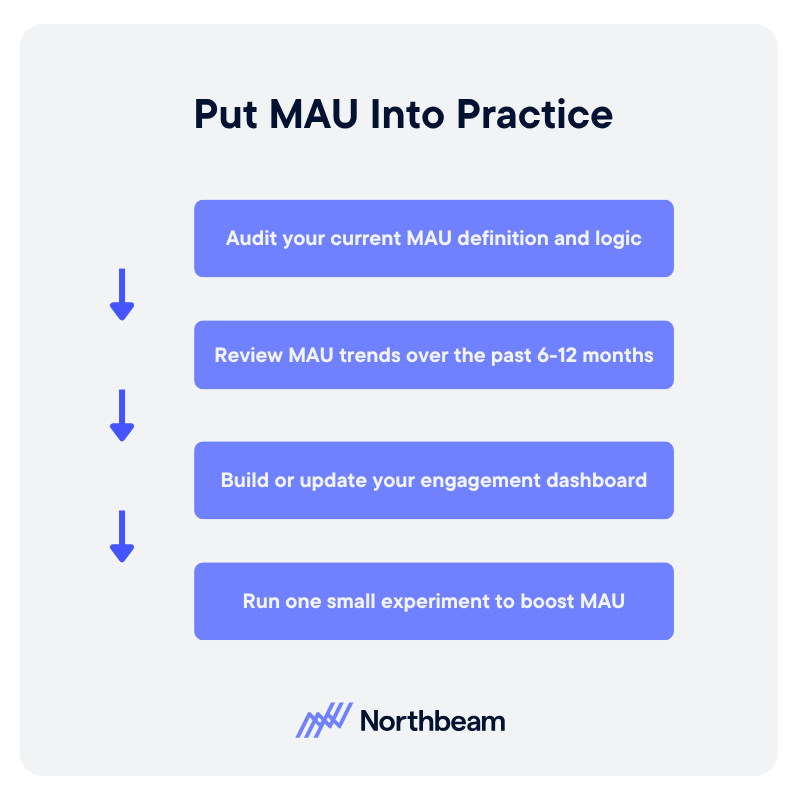

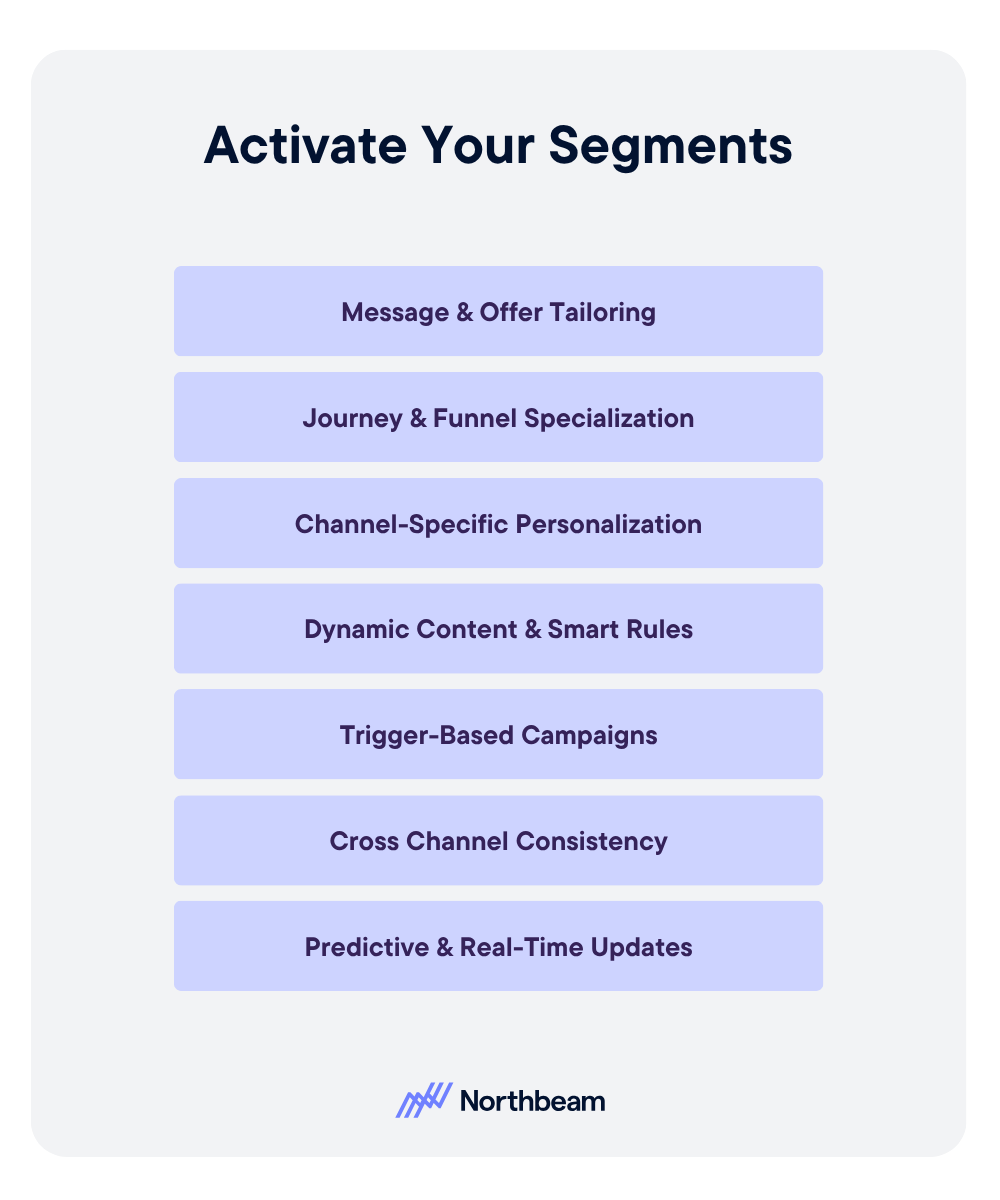
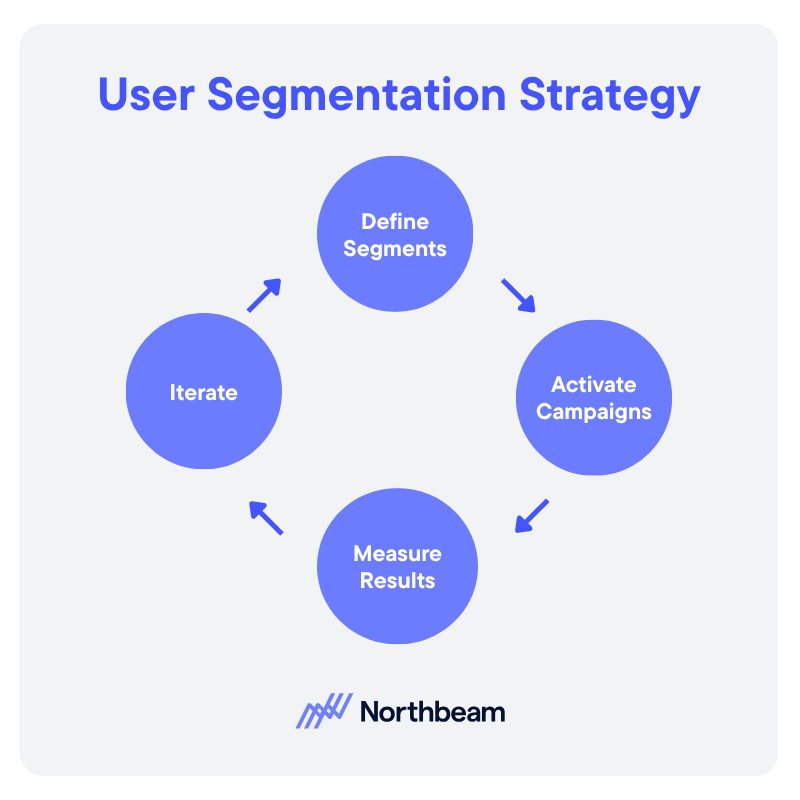


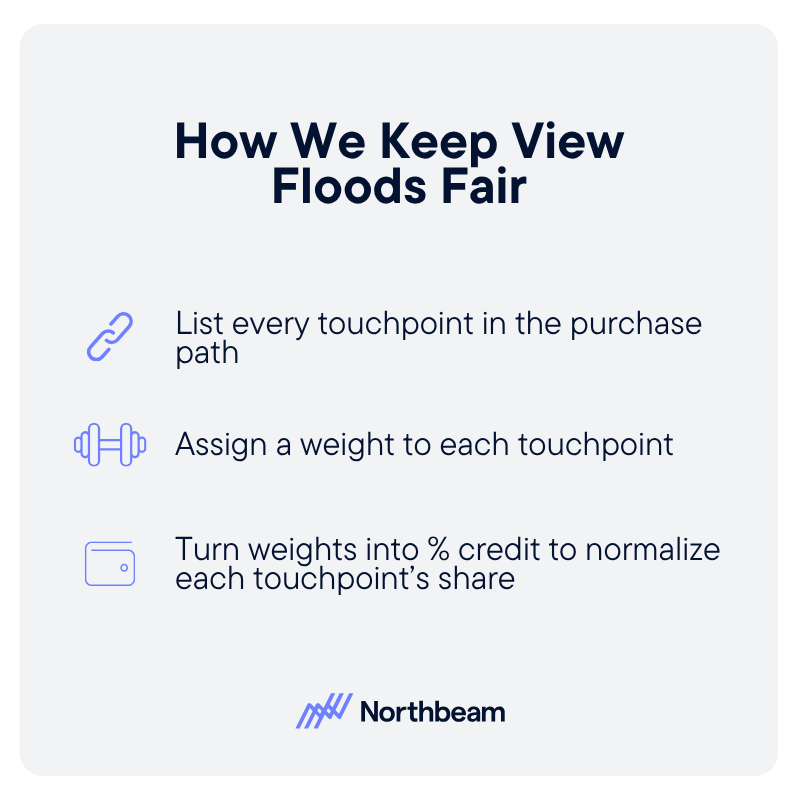
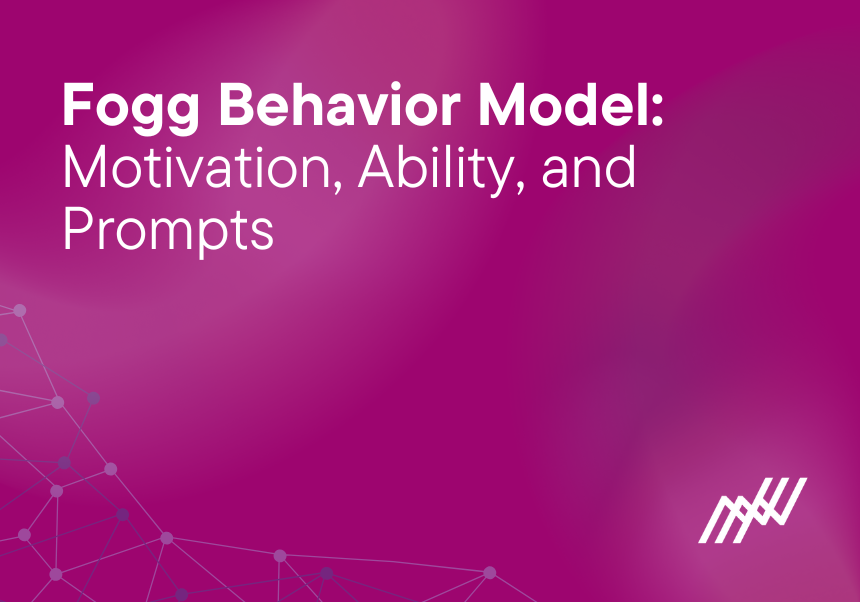


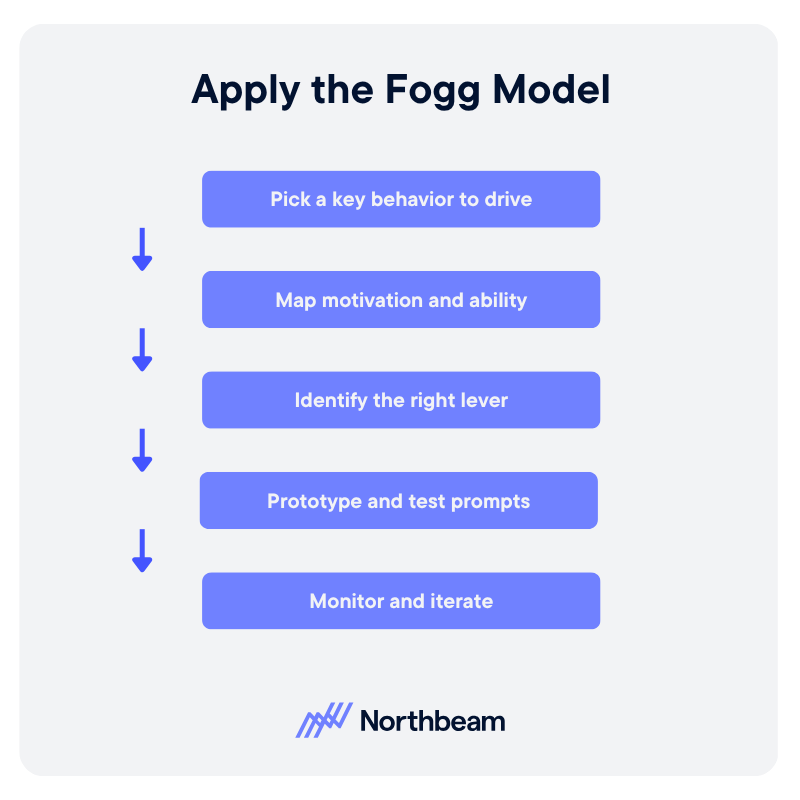


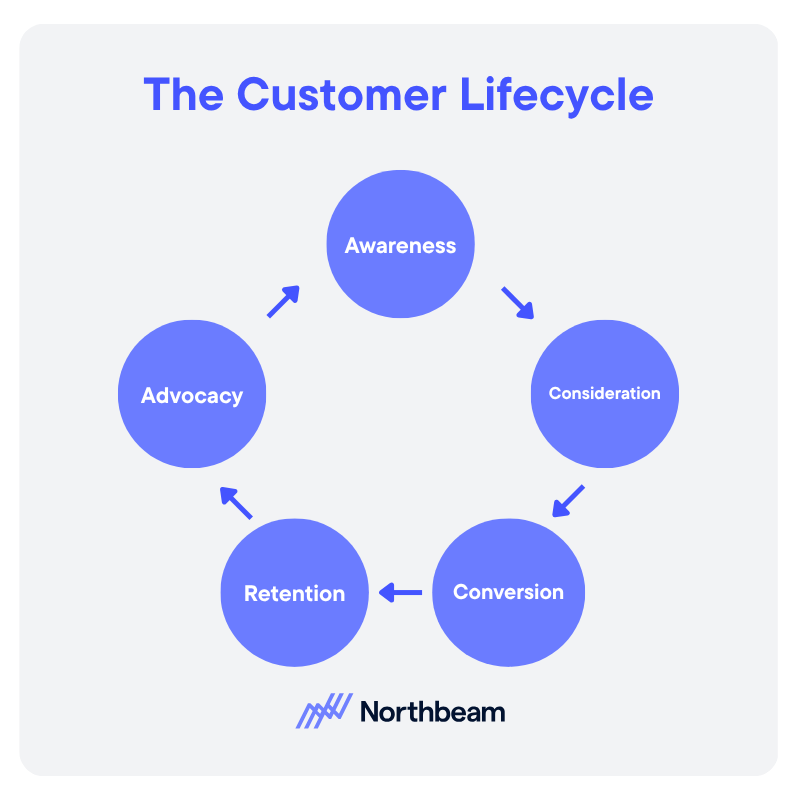
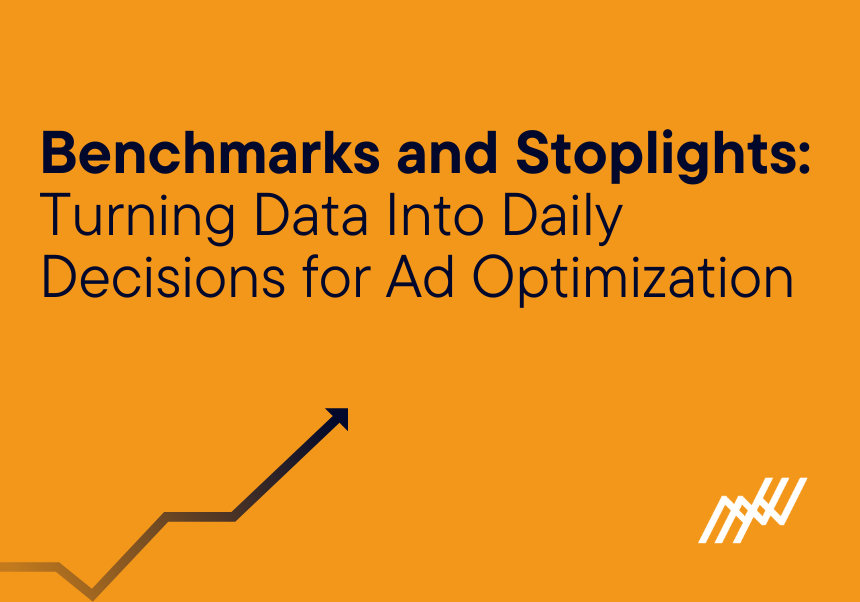
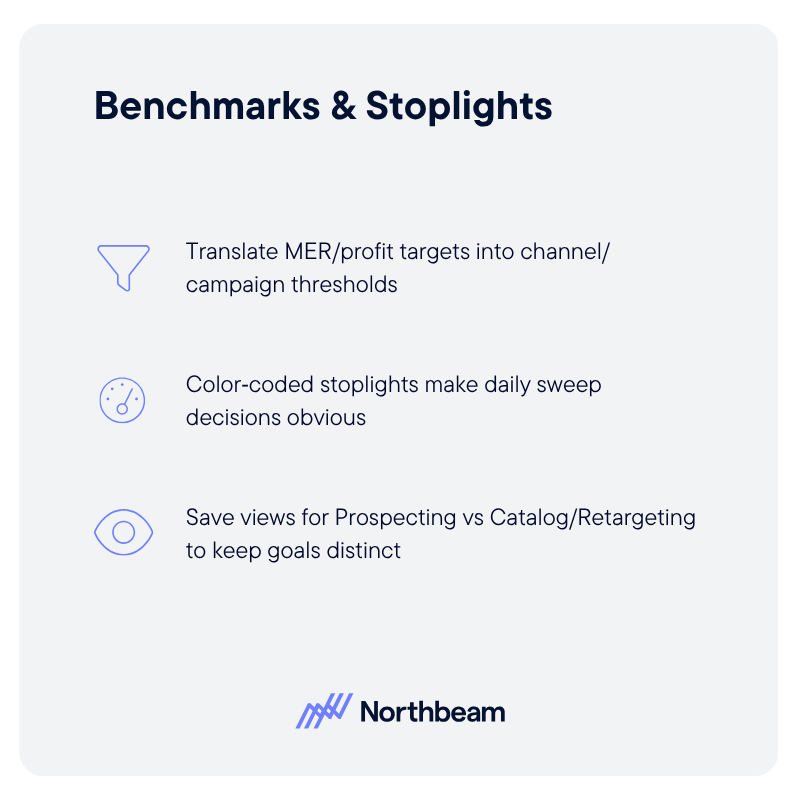
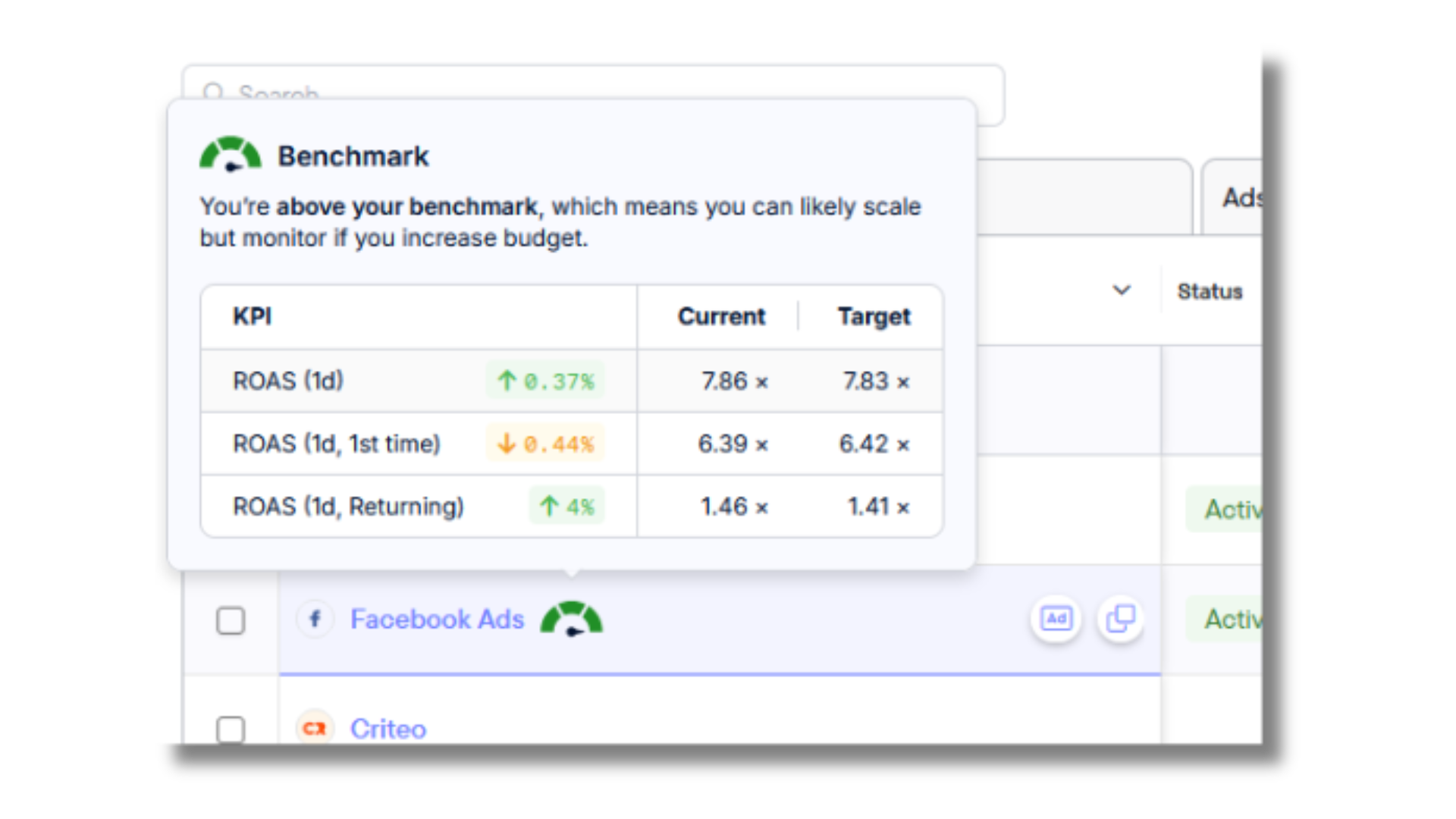
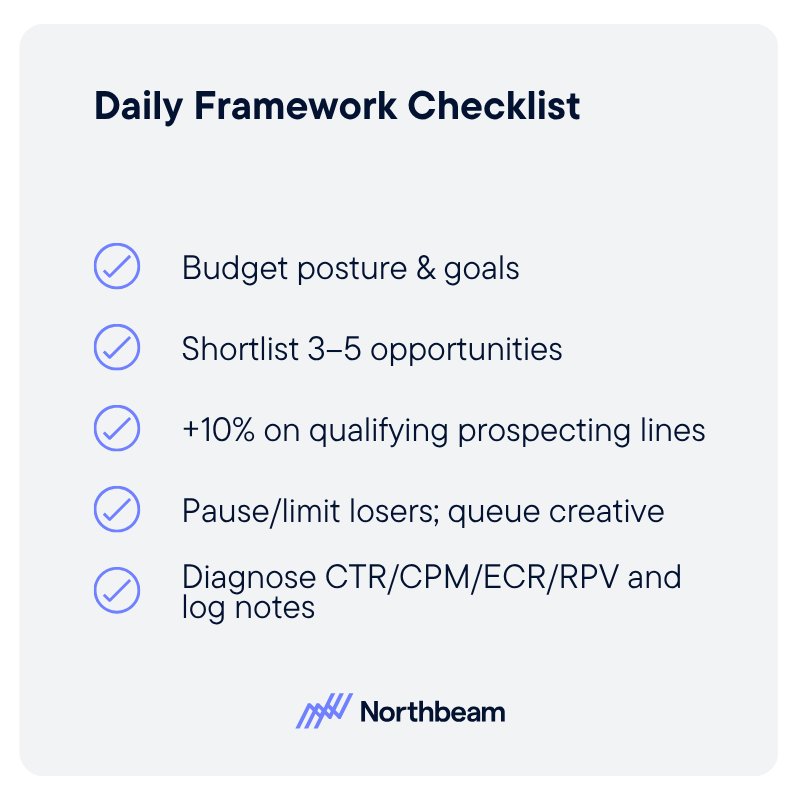


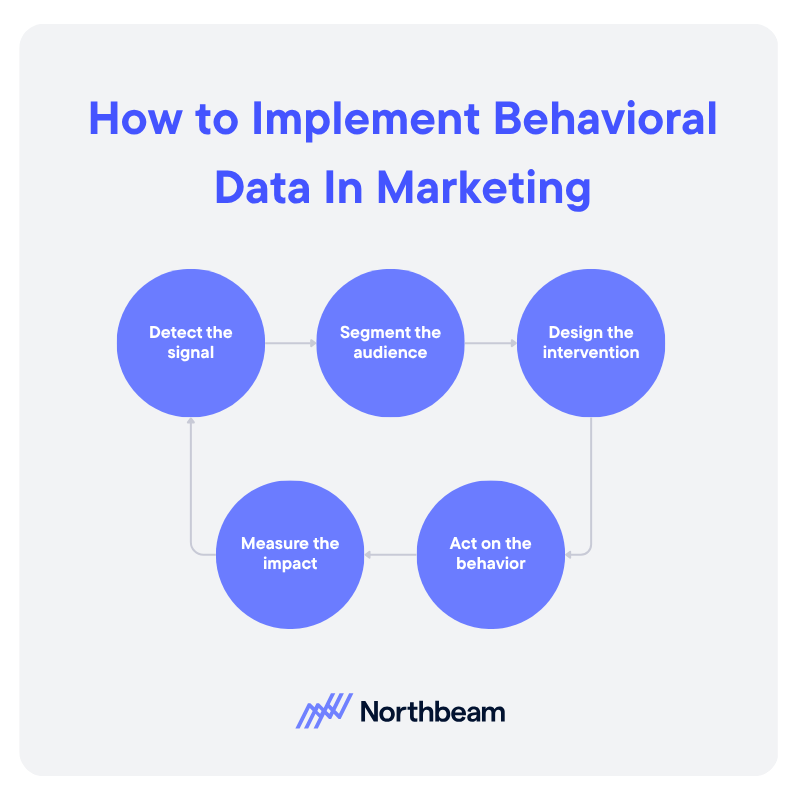
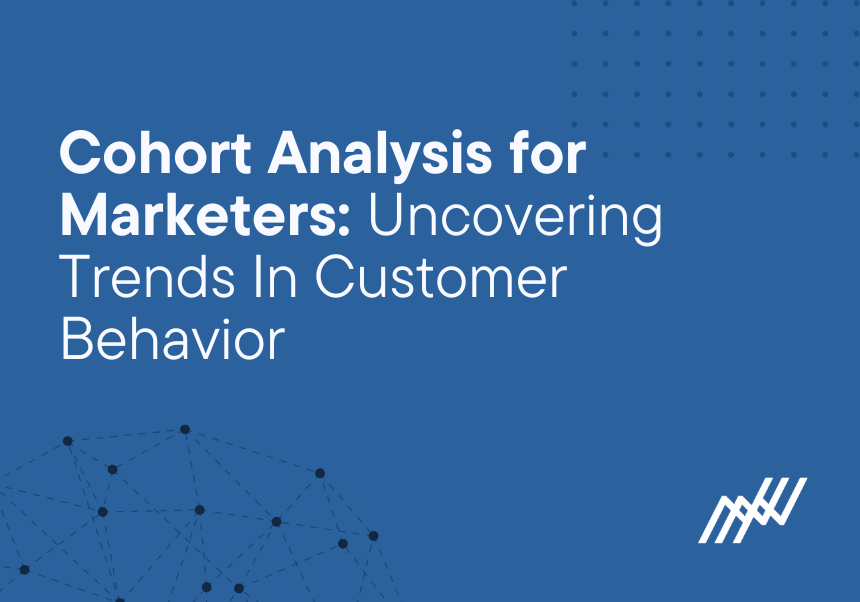
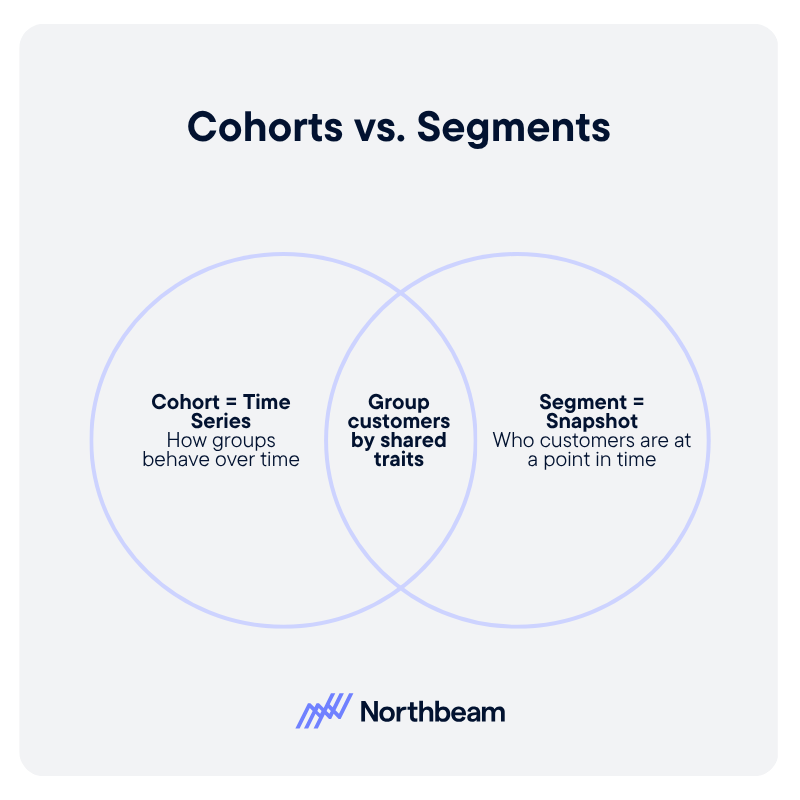


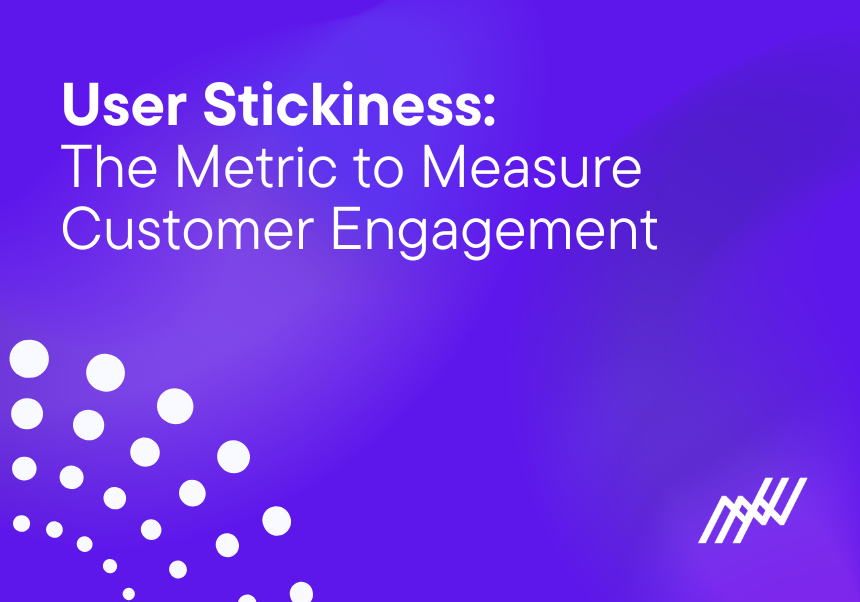
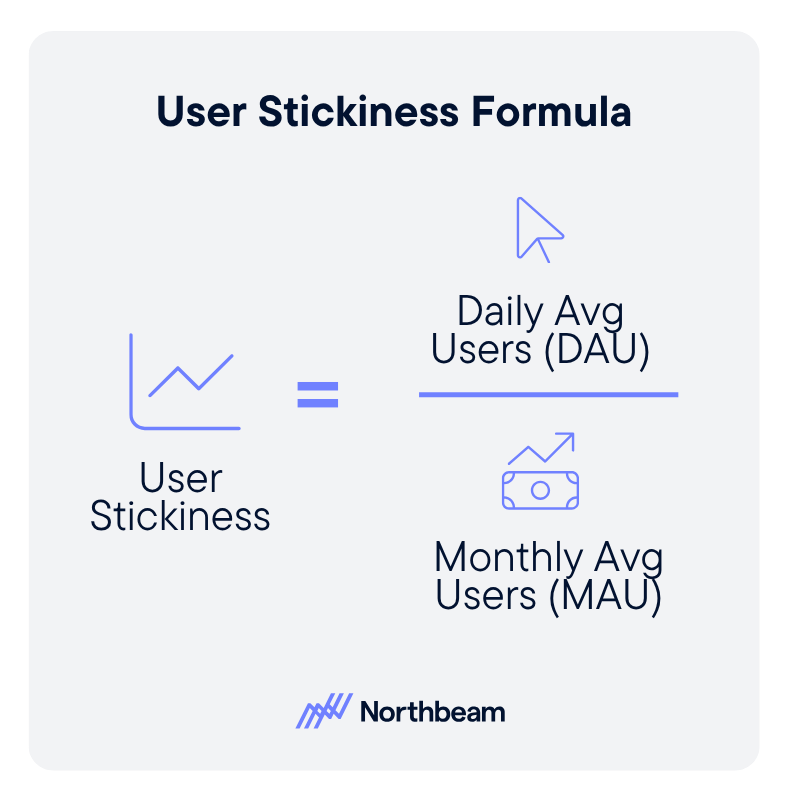
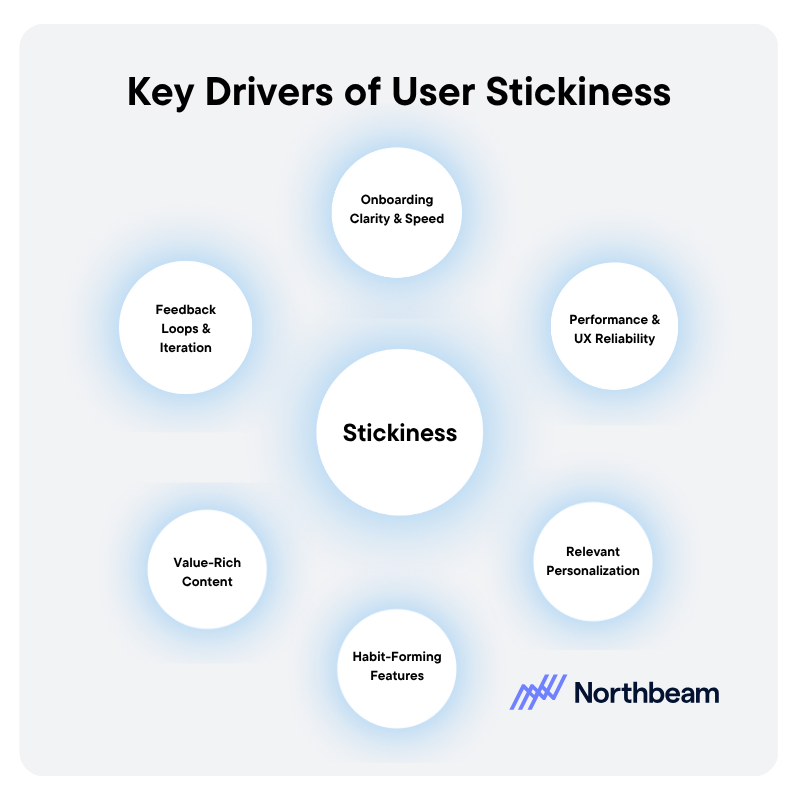


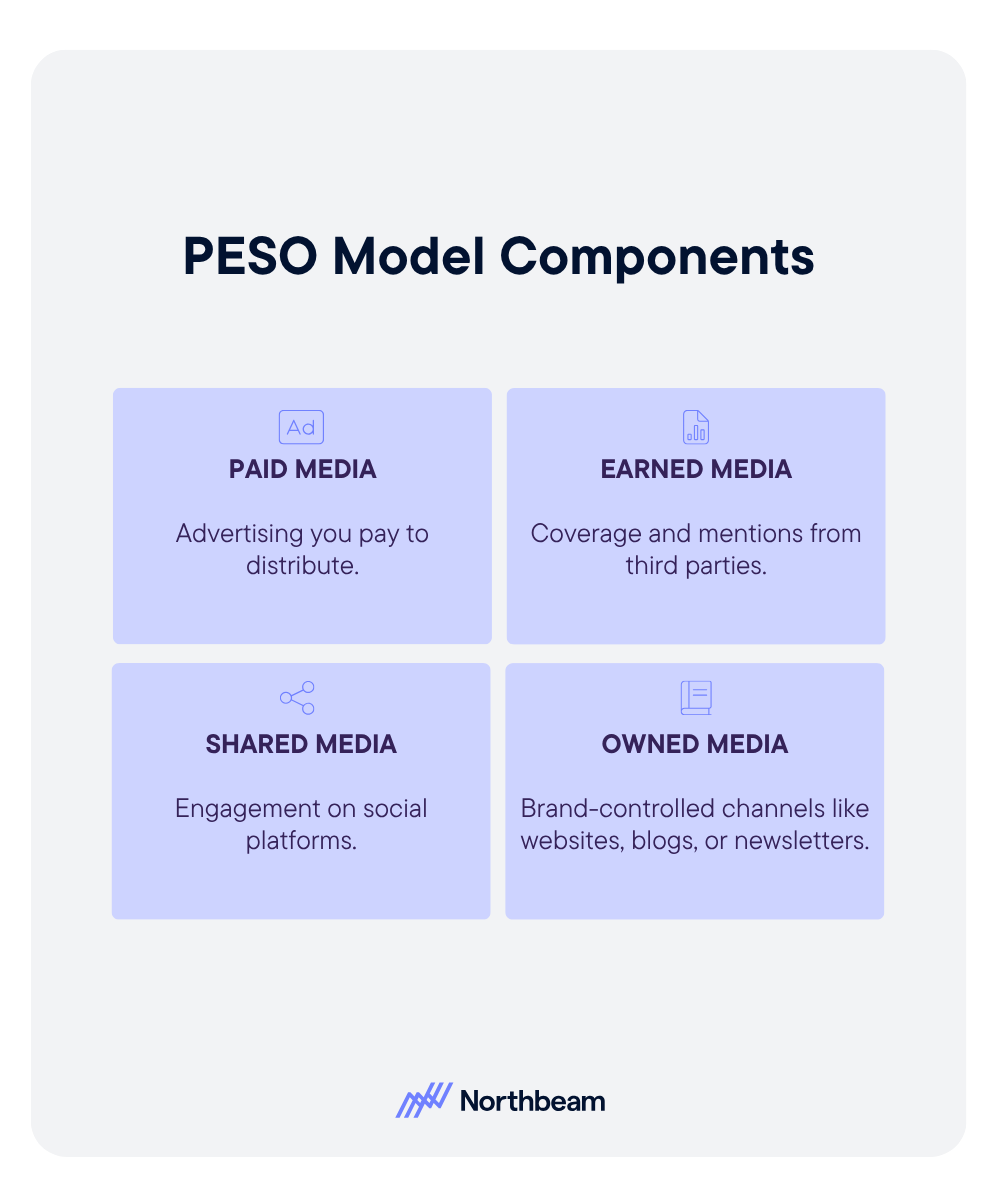

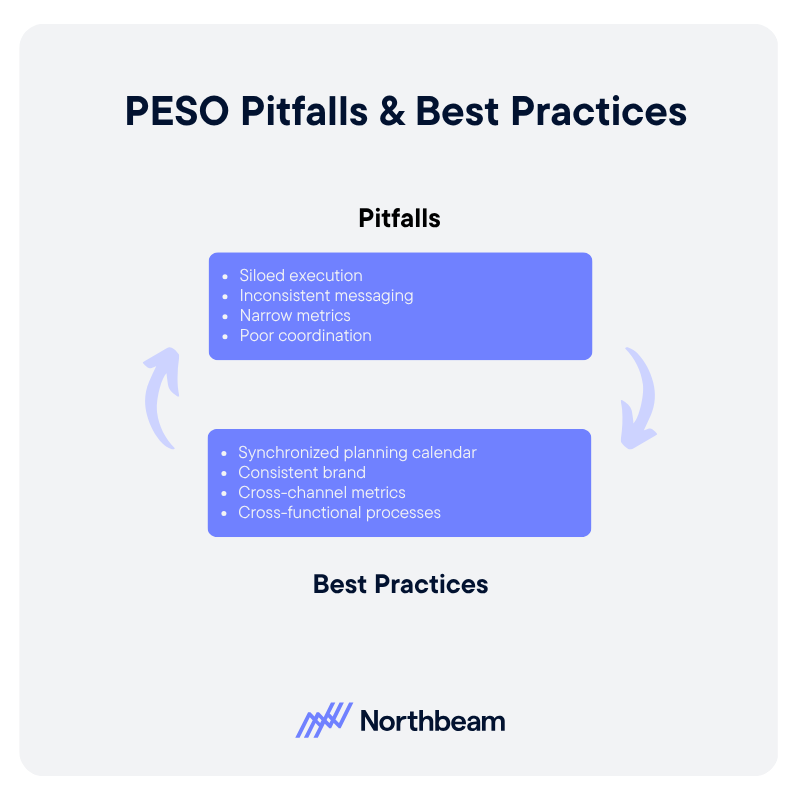
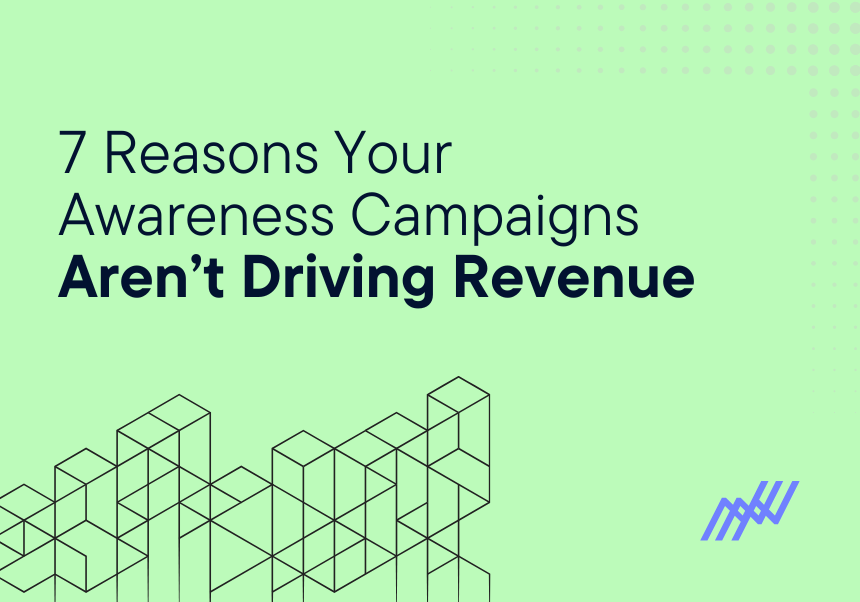

.png)


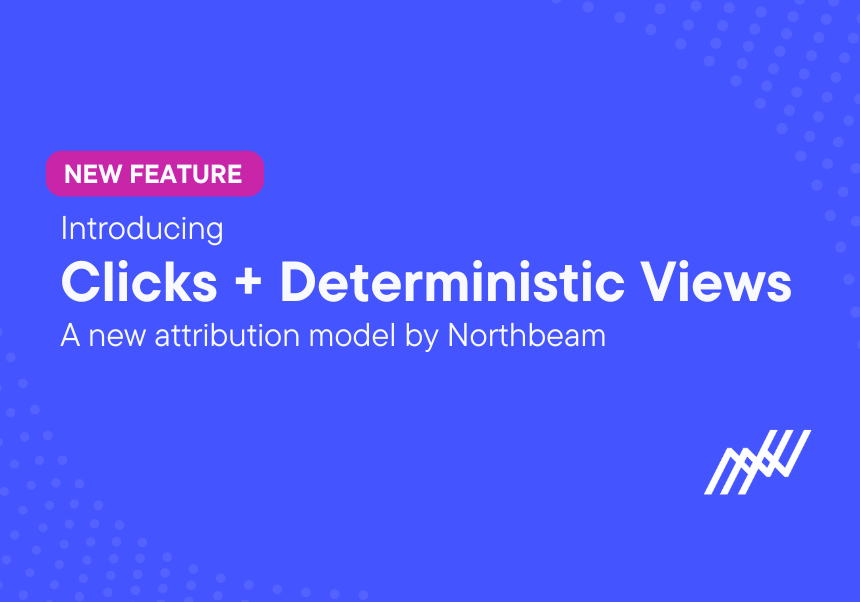


.png)





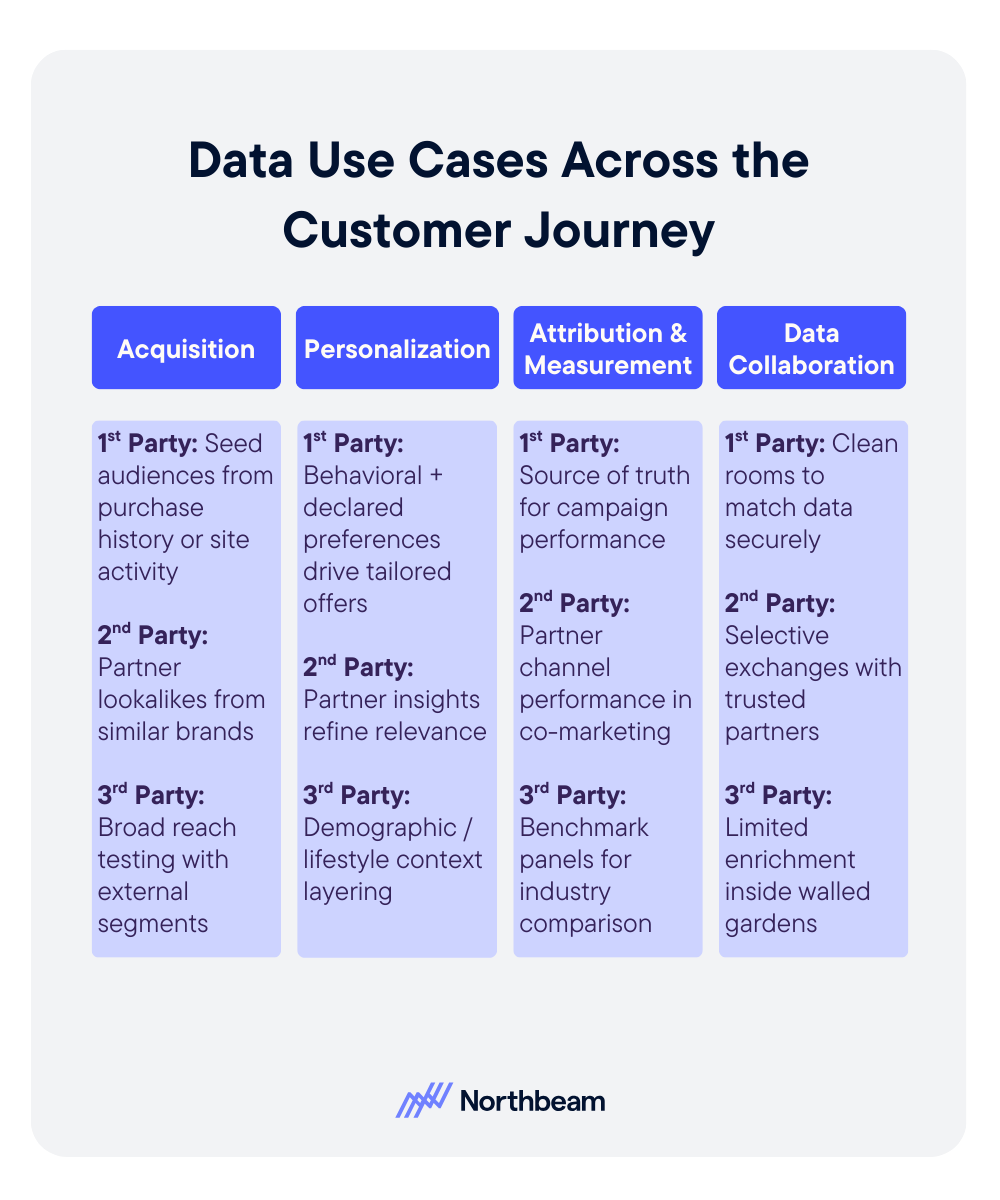



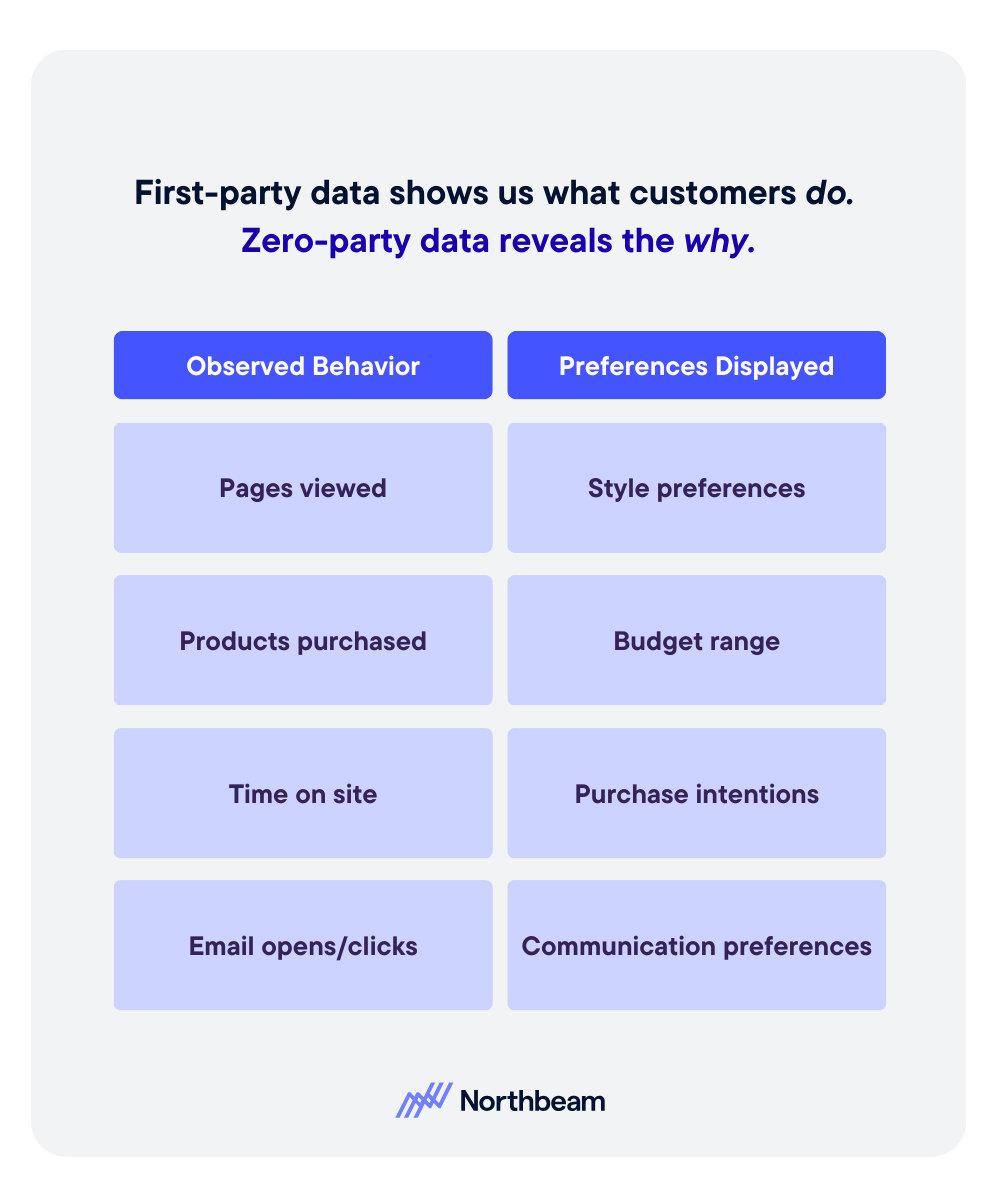
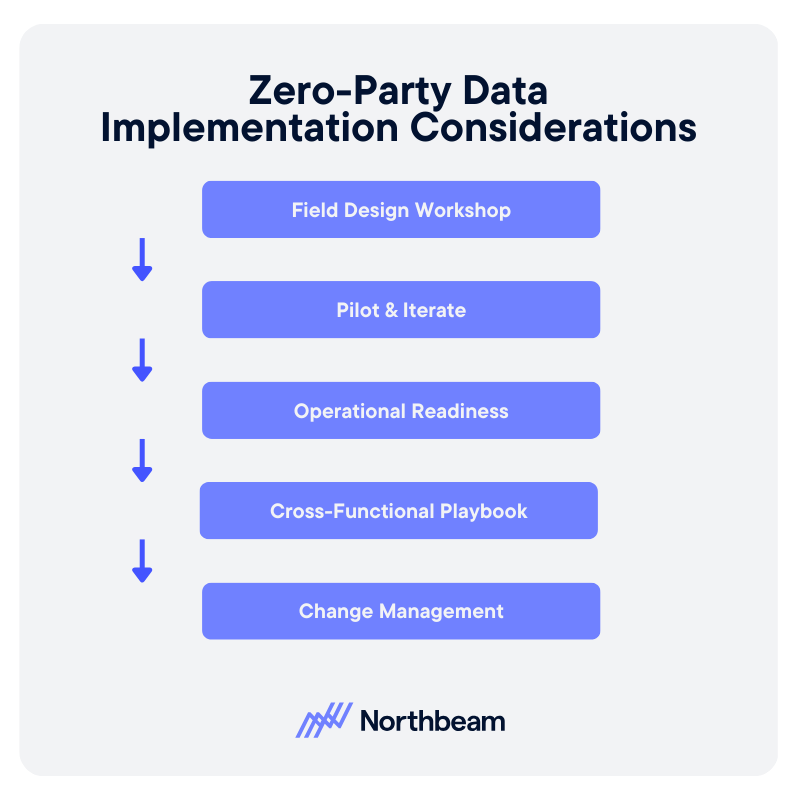



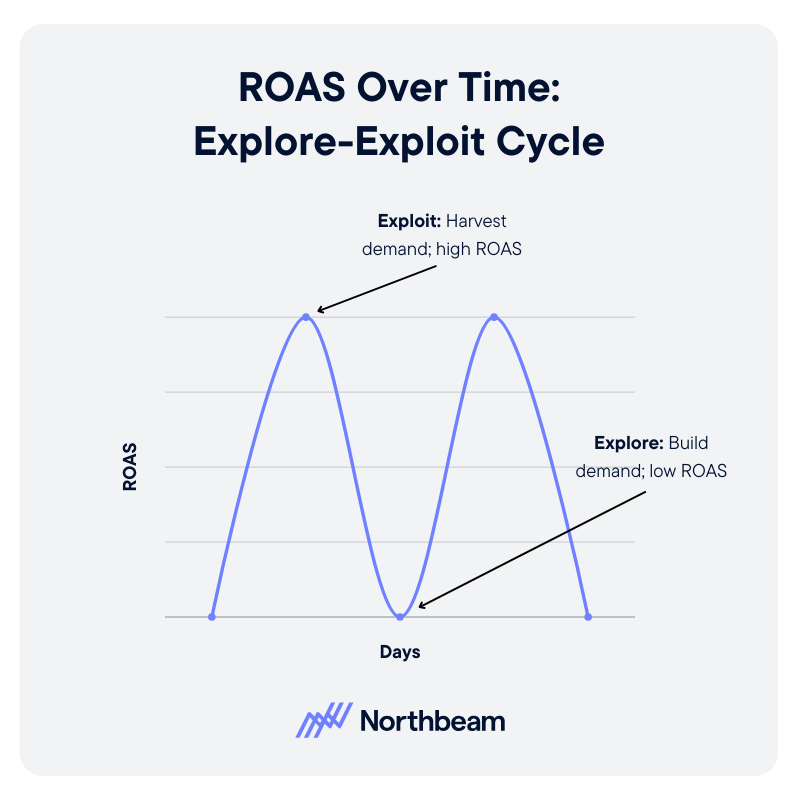


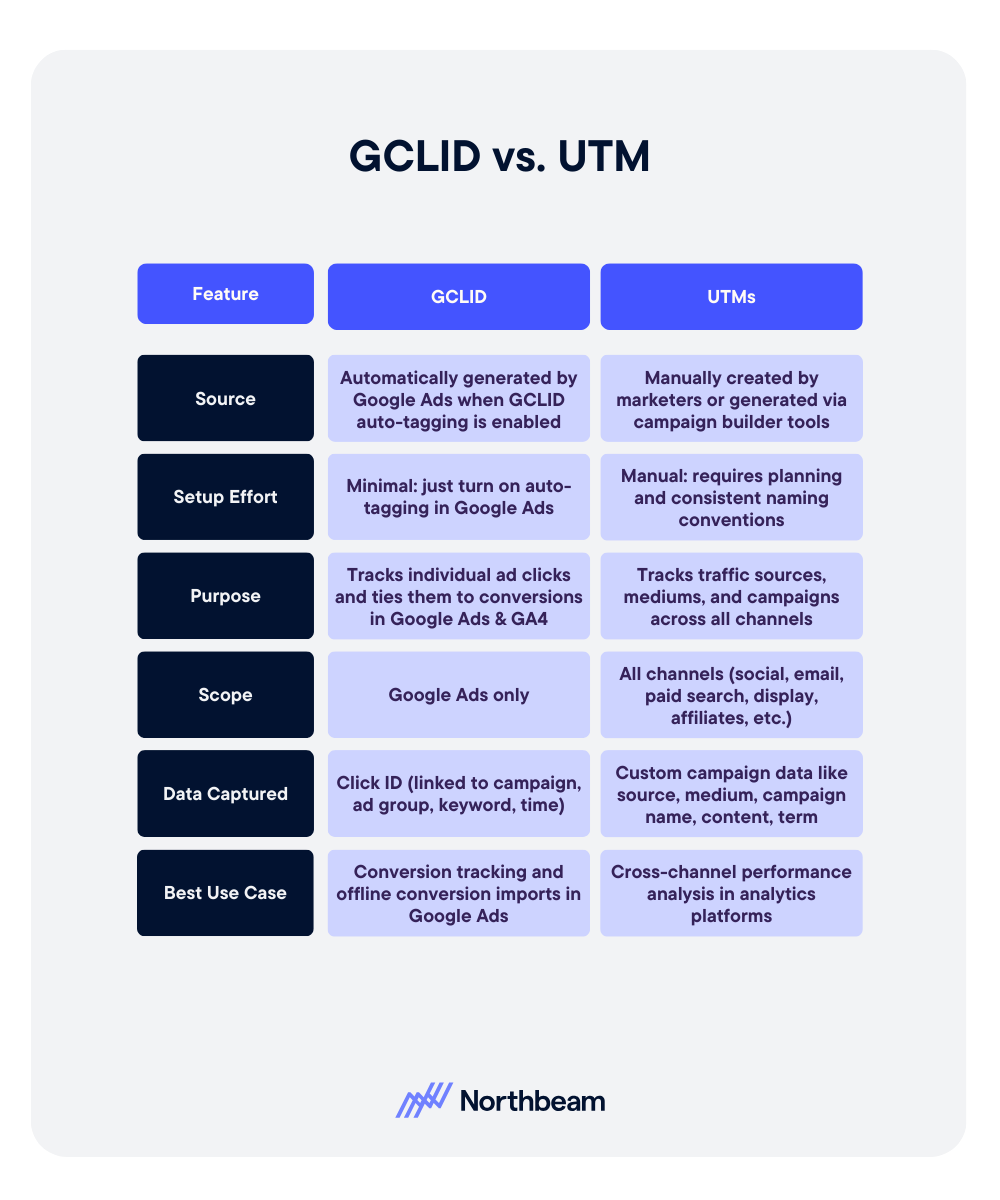

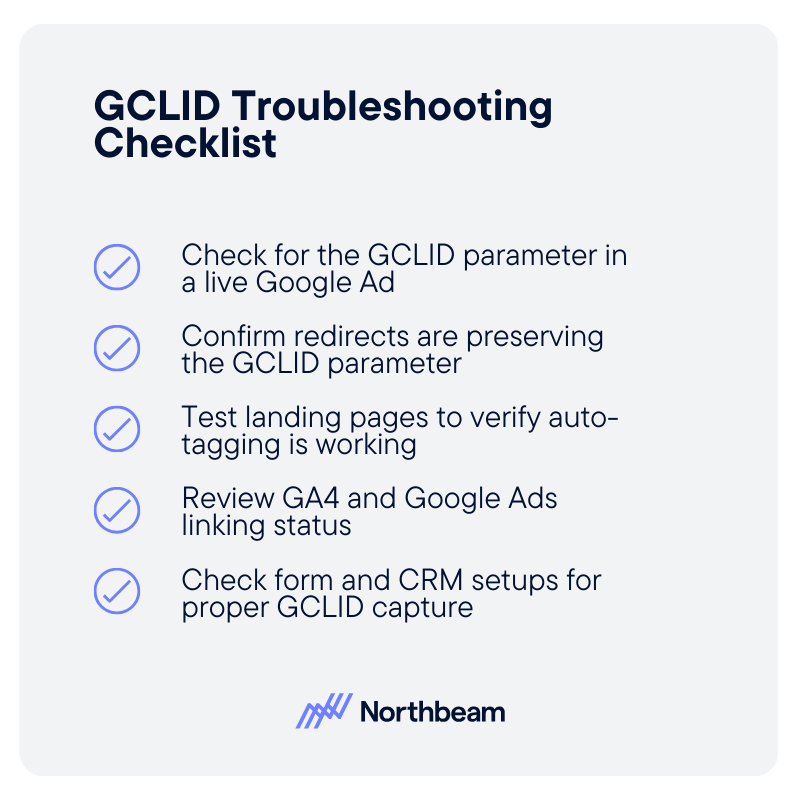




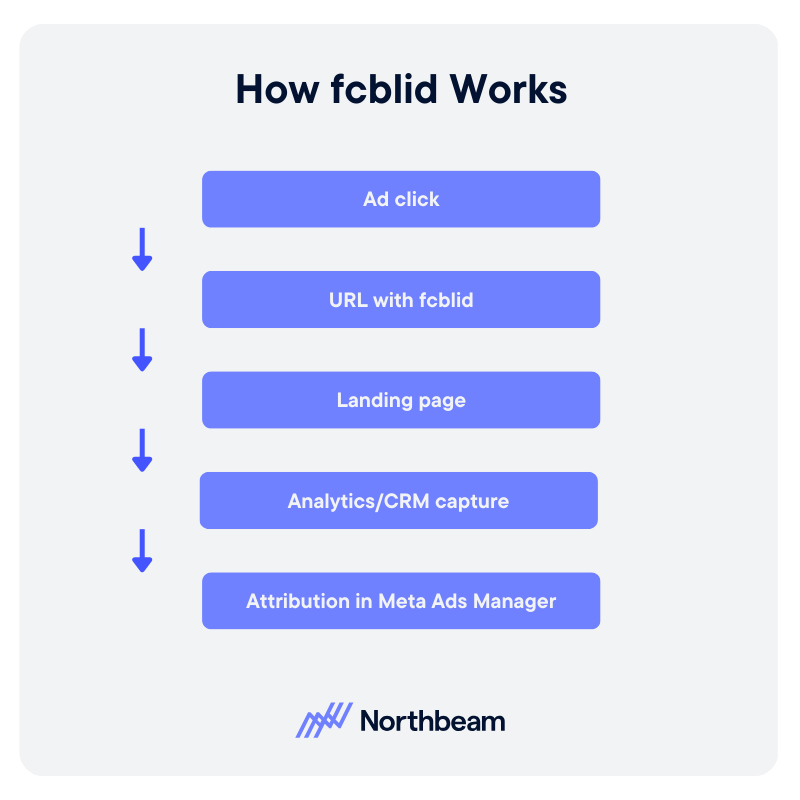
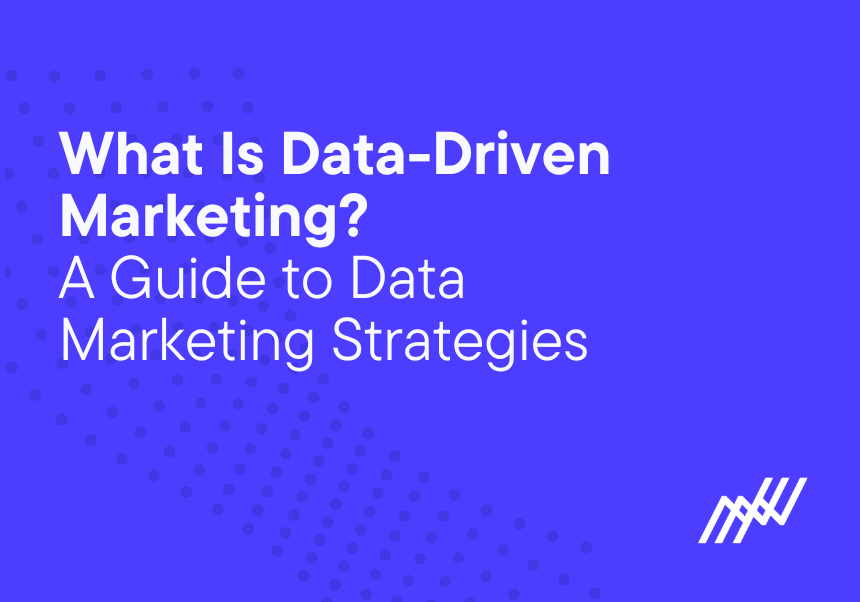

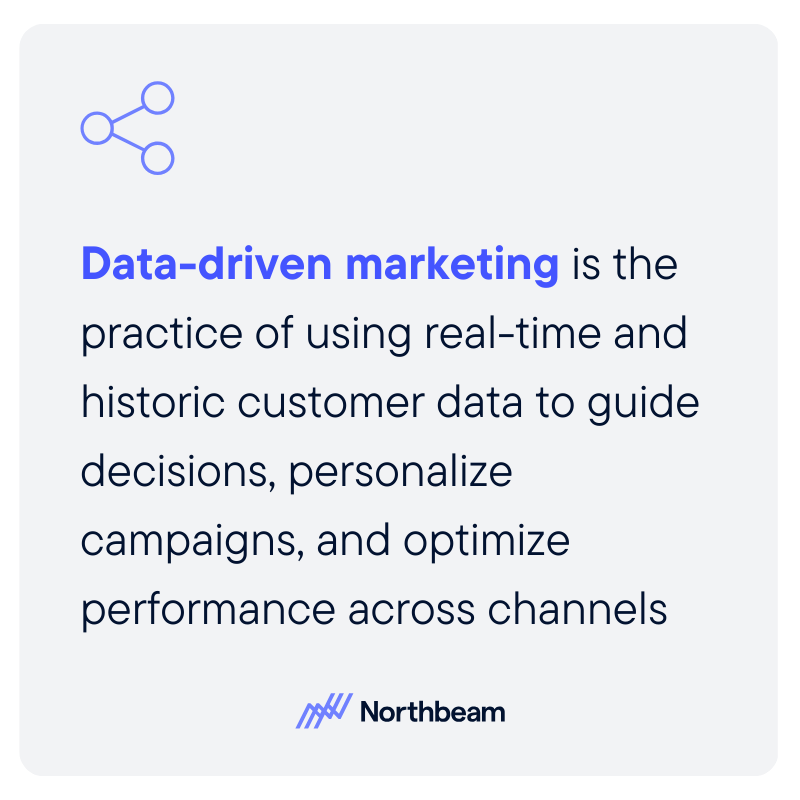
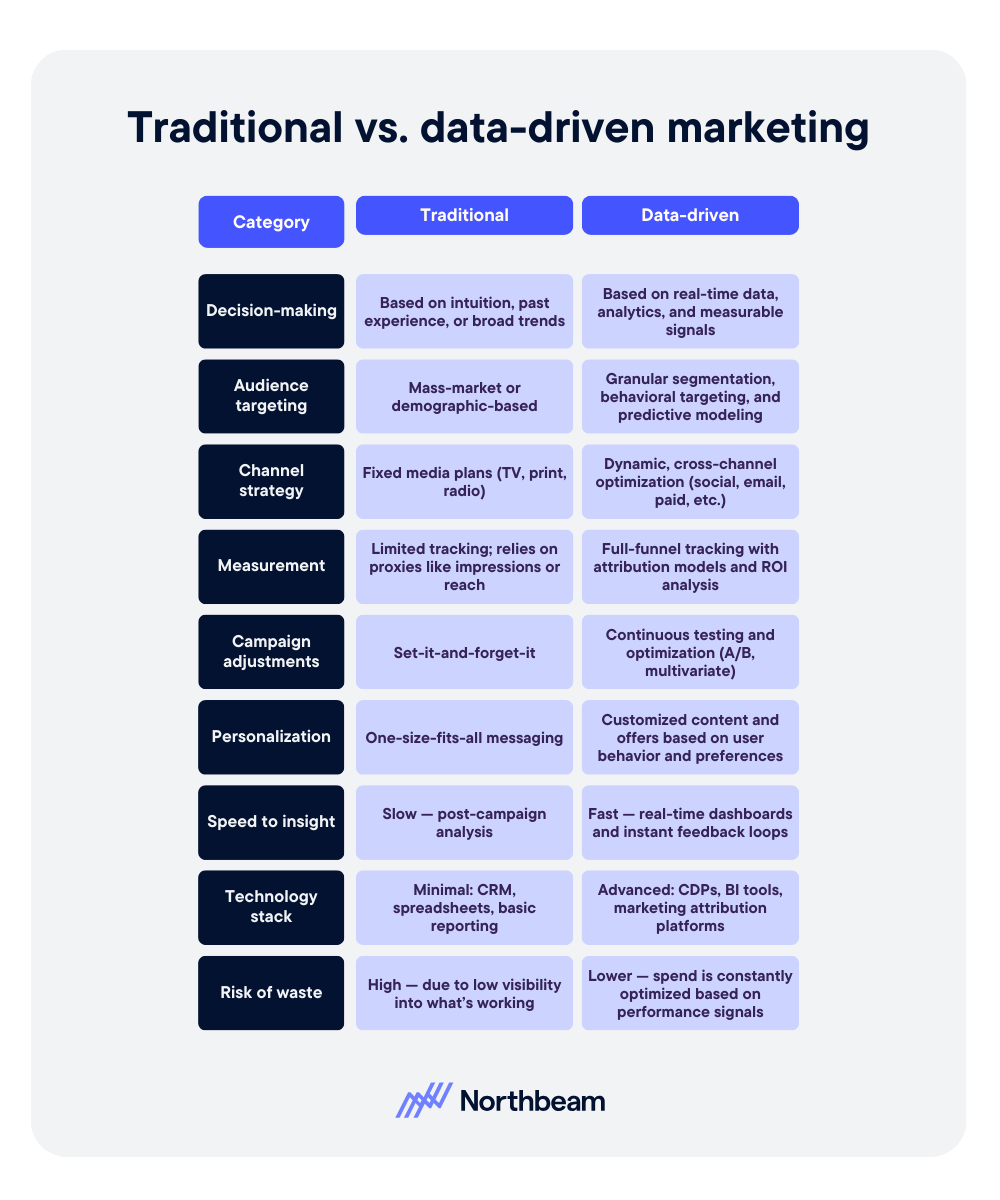
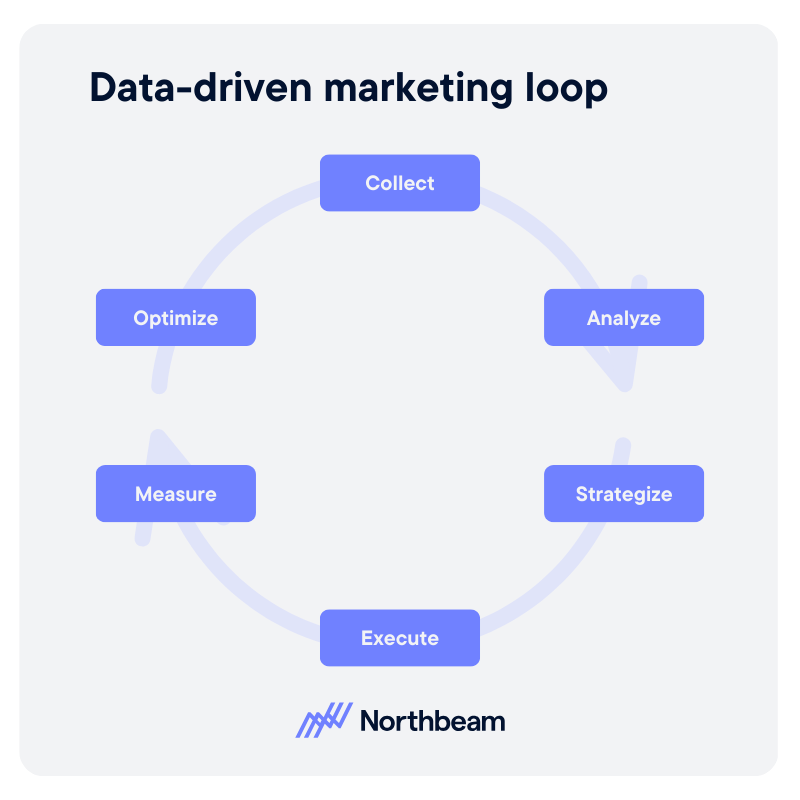




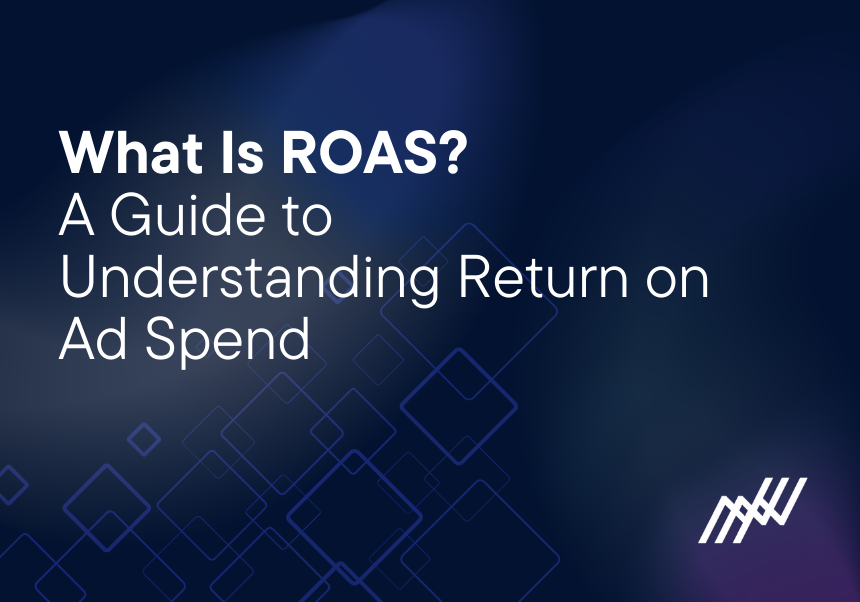

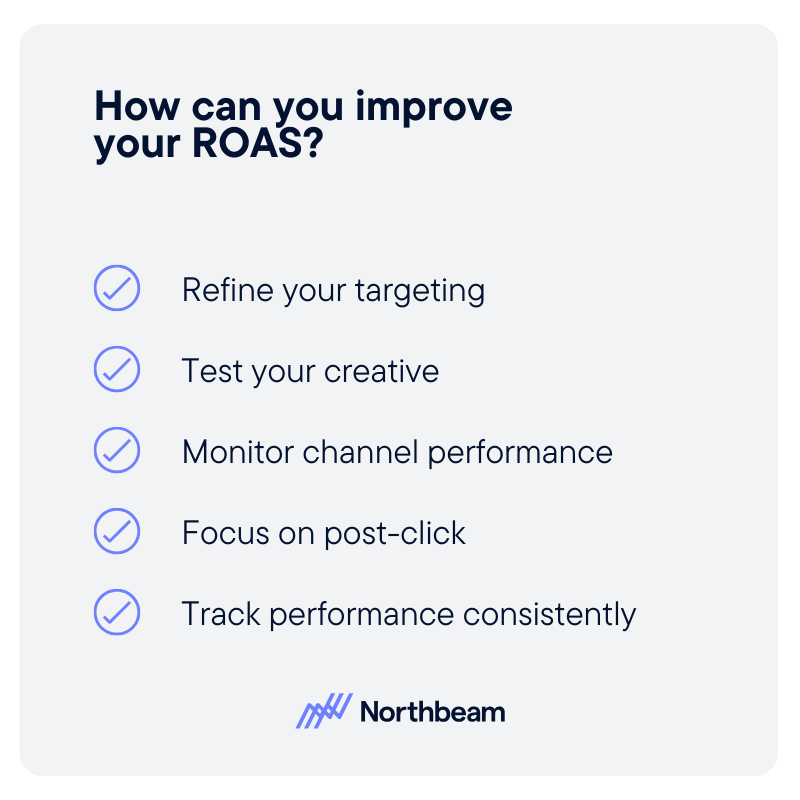
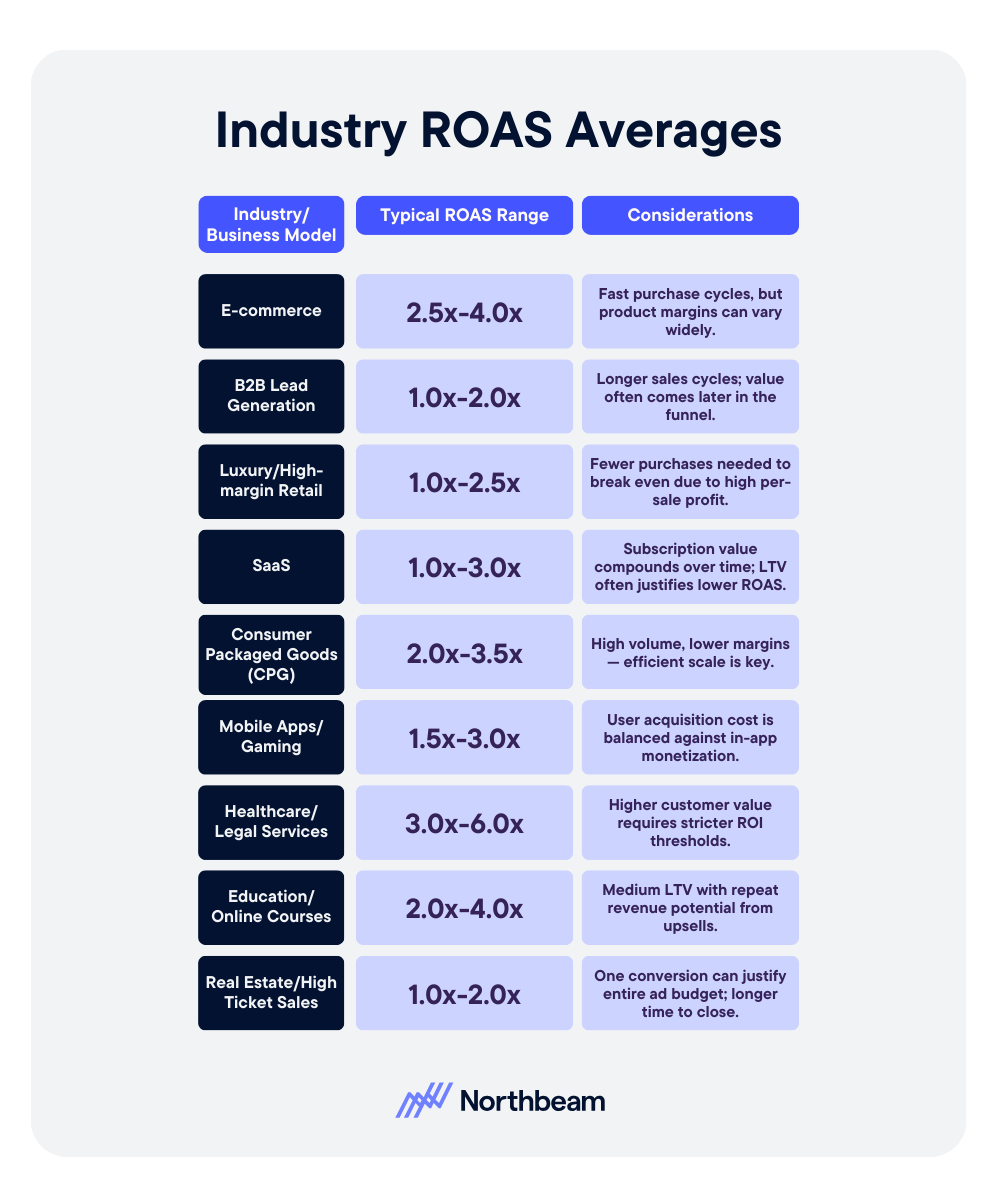
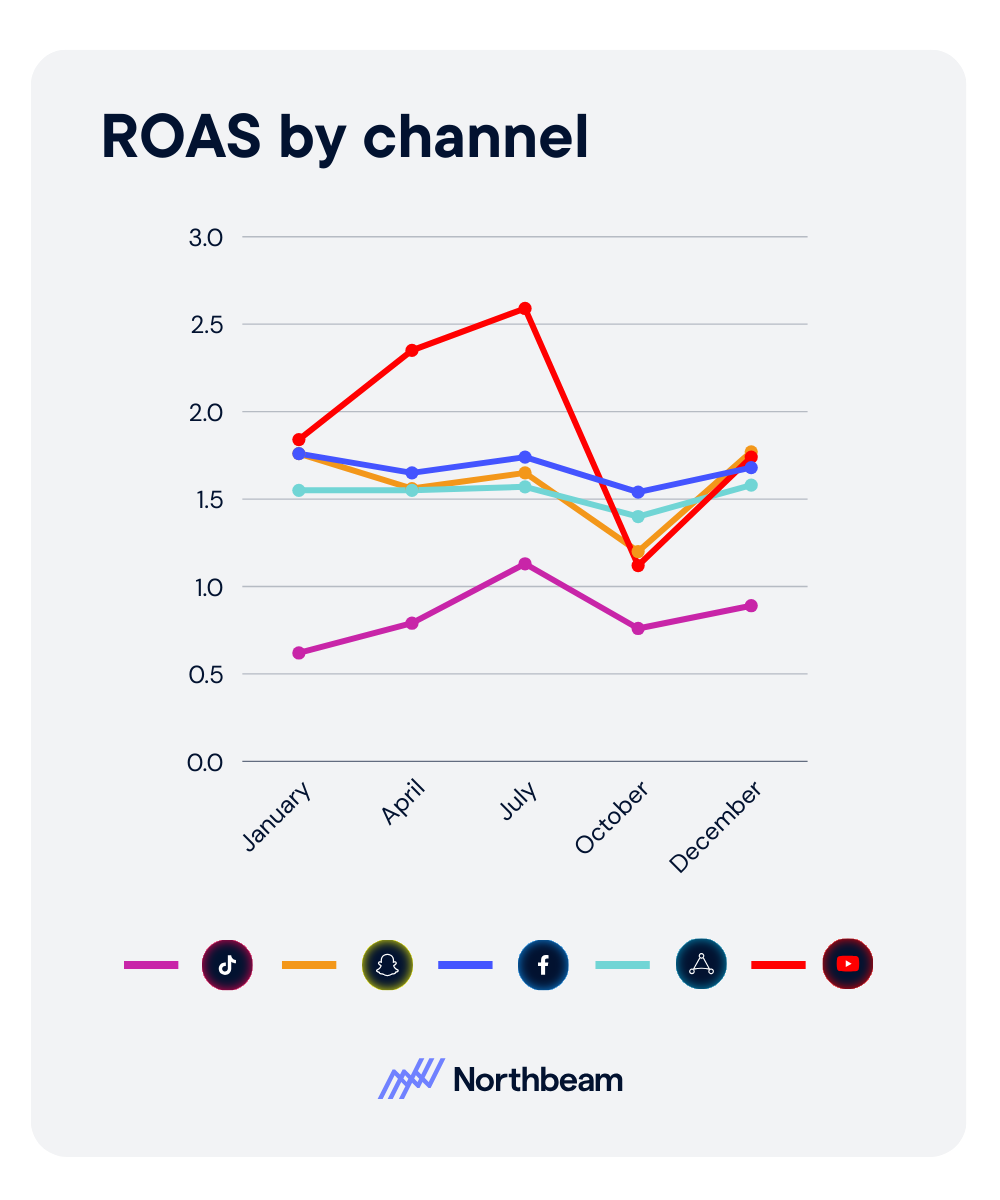

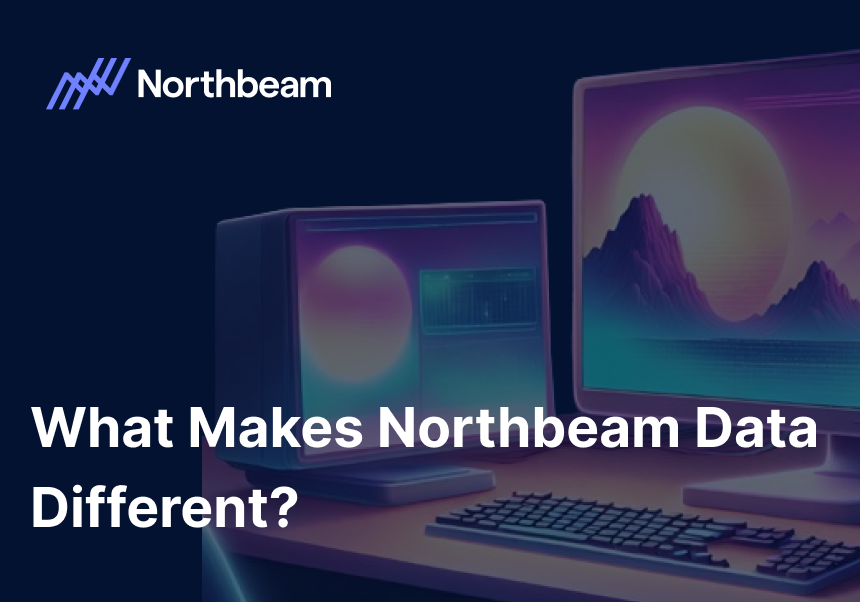

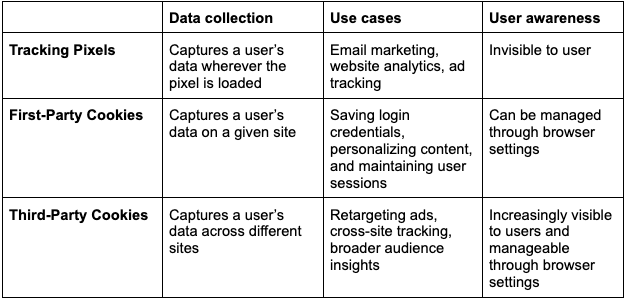
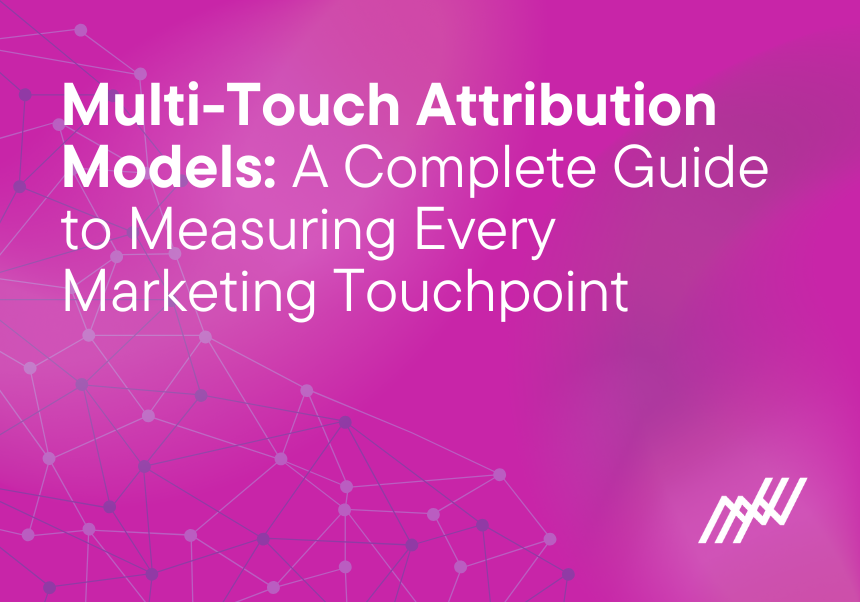
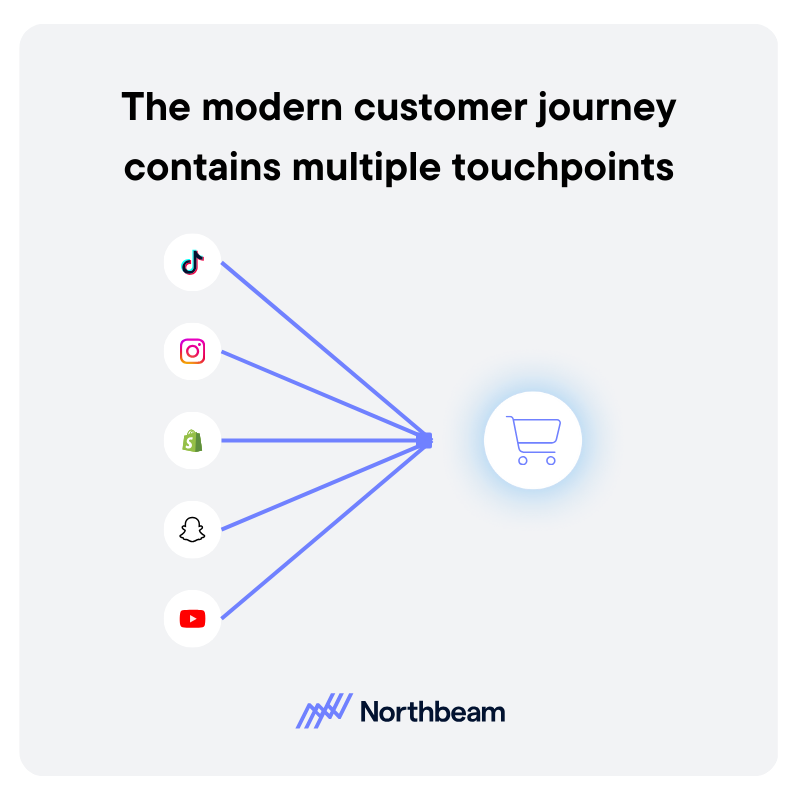
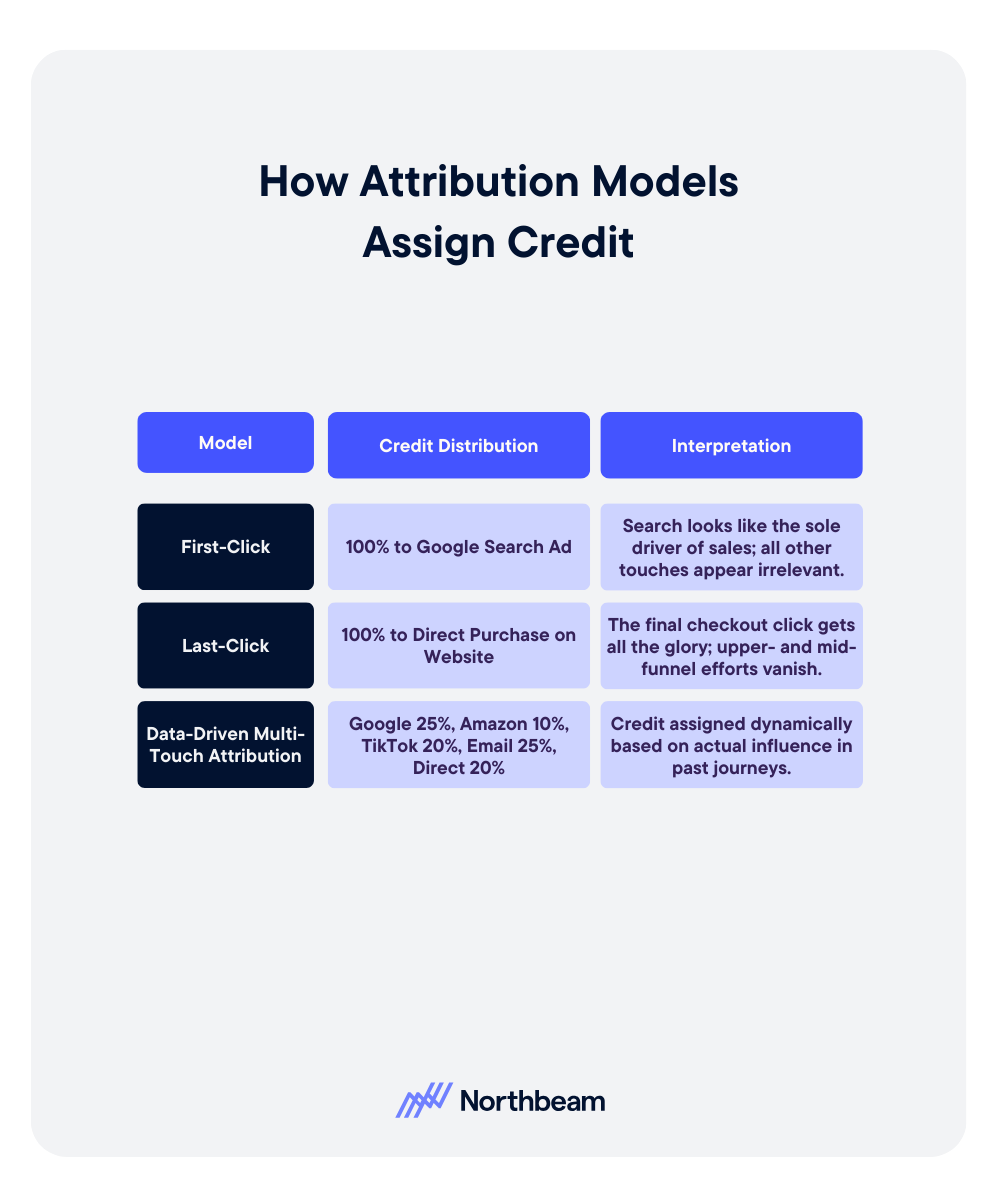
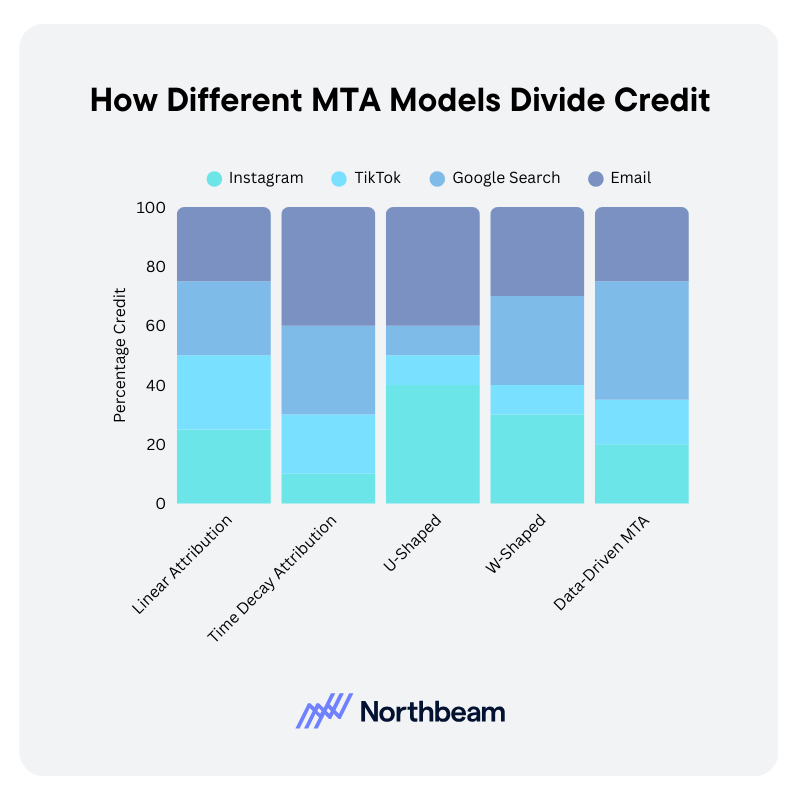

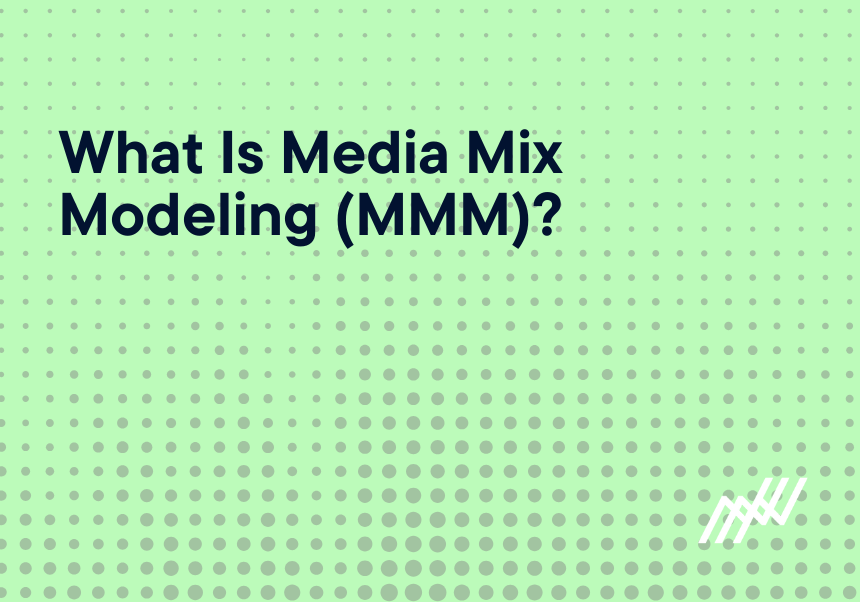

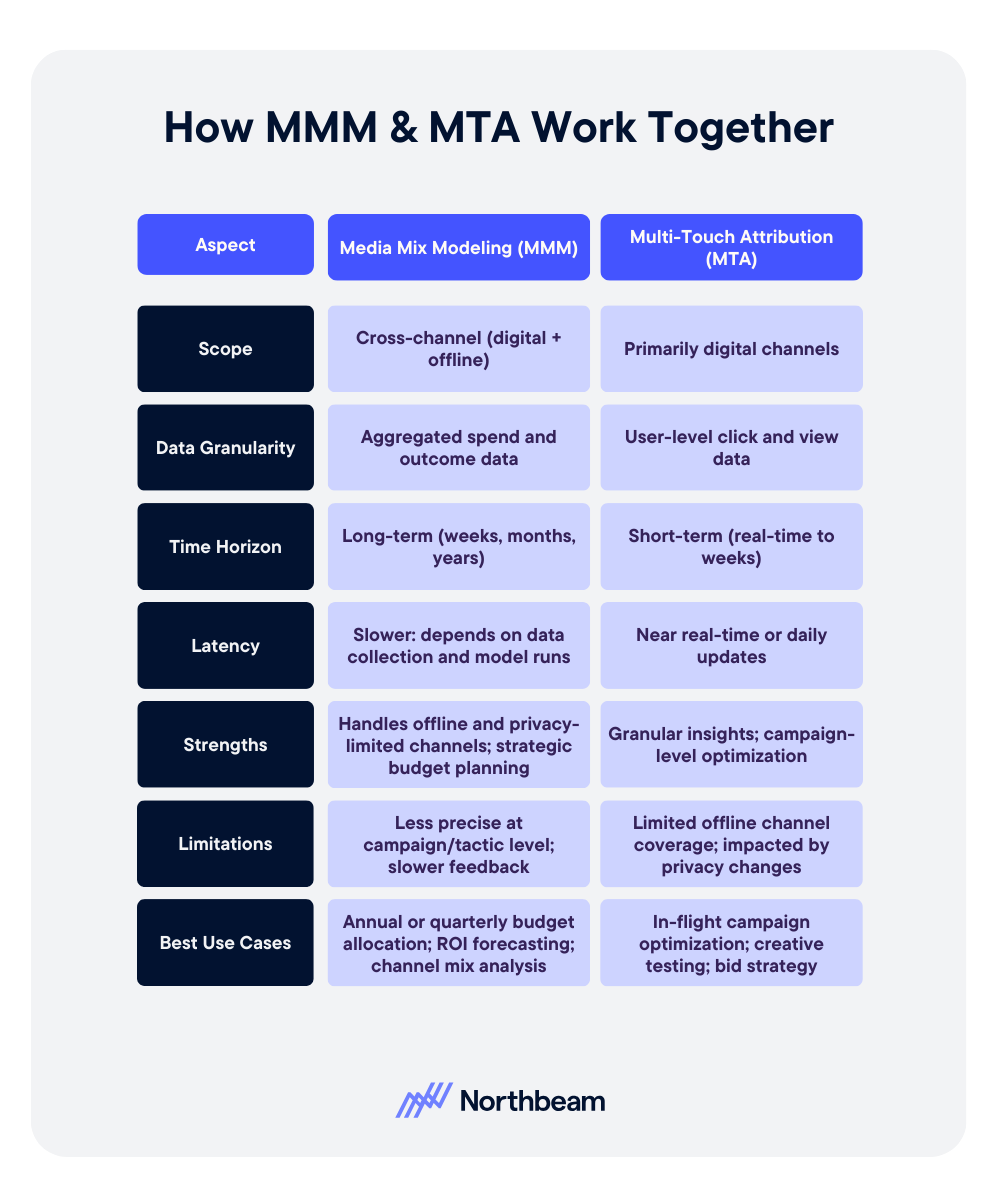
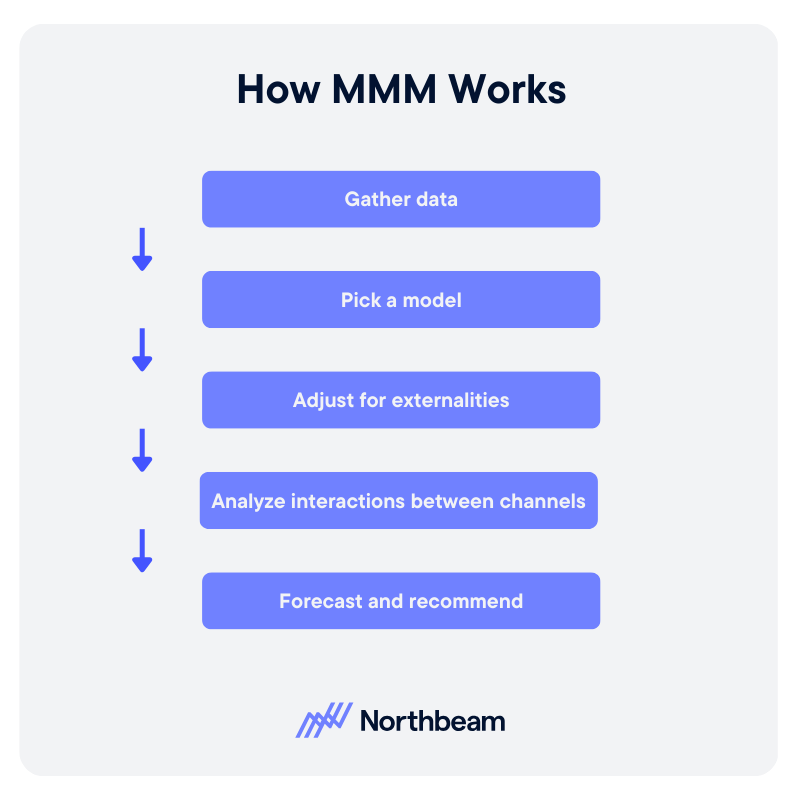
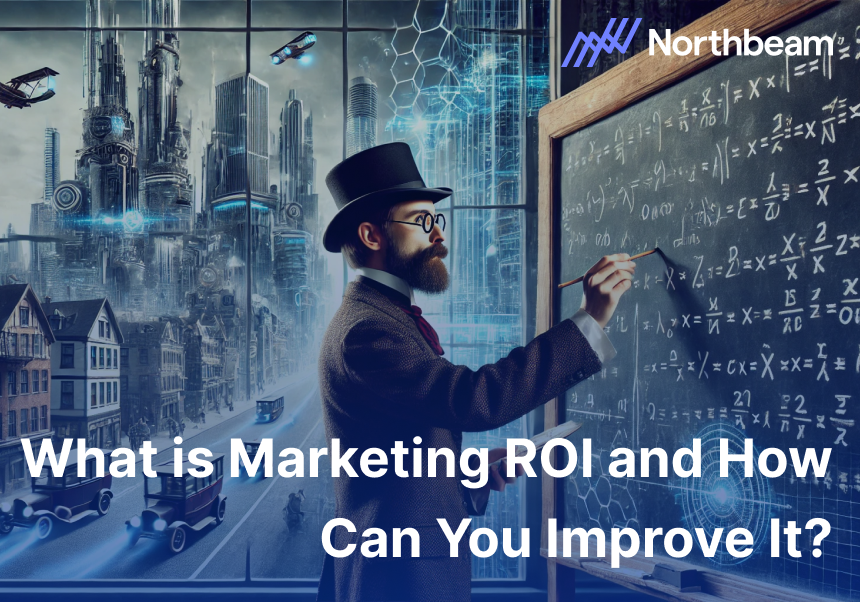
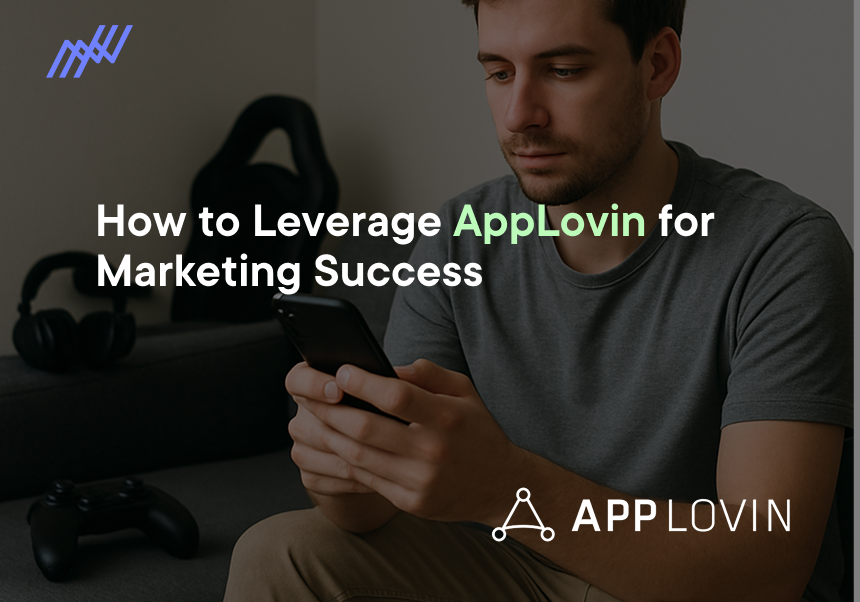
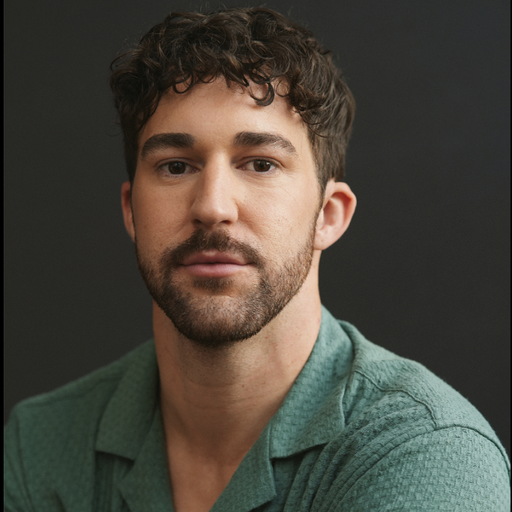
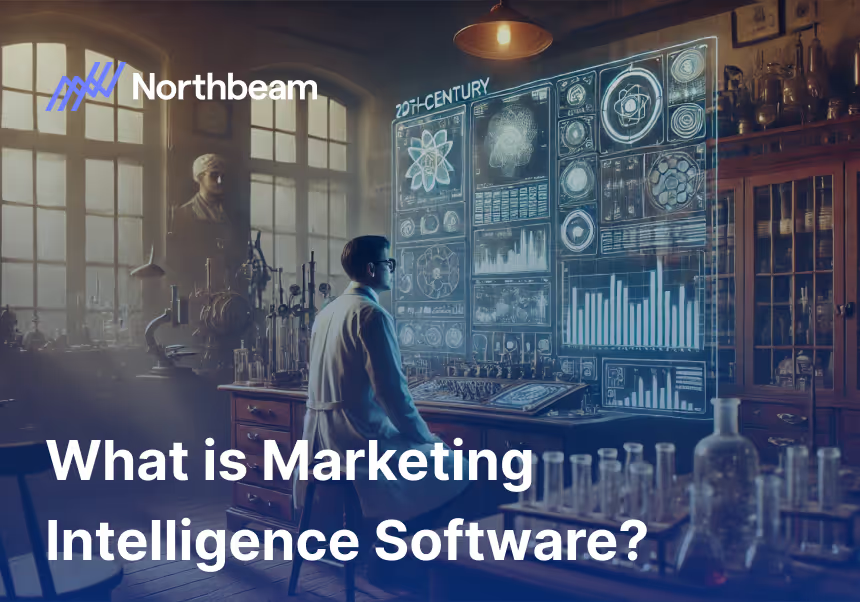





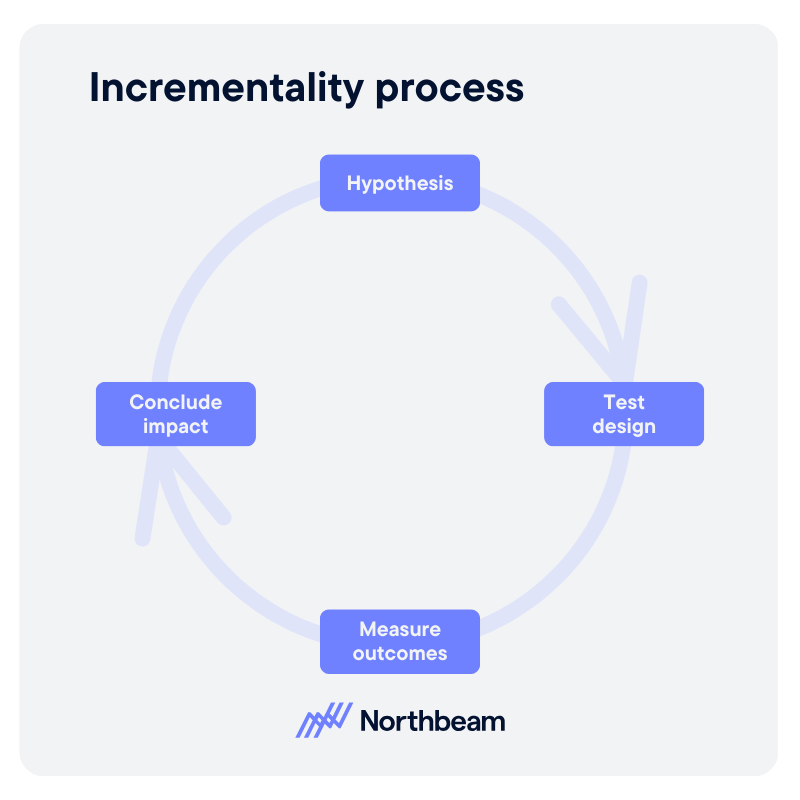
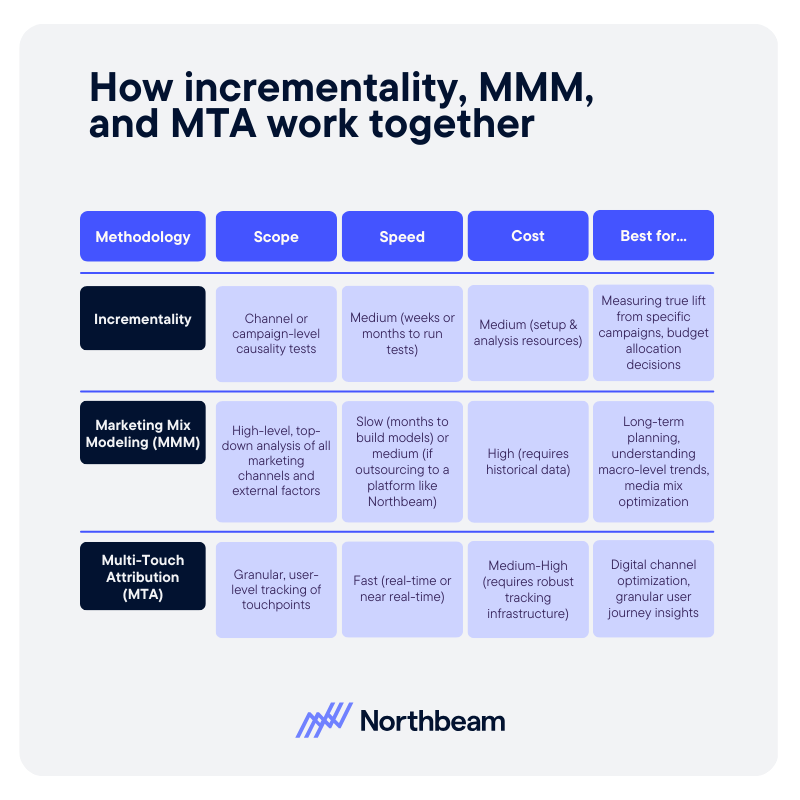

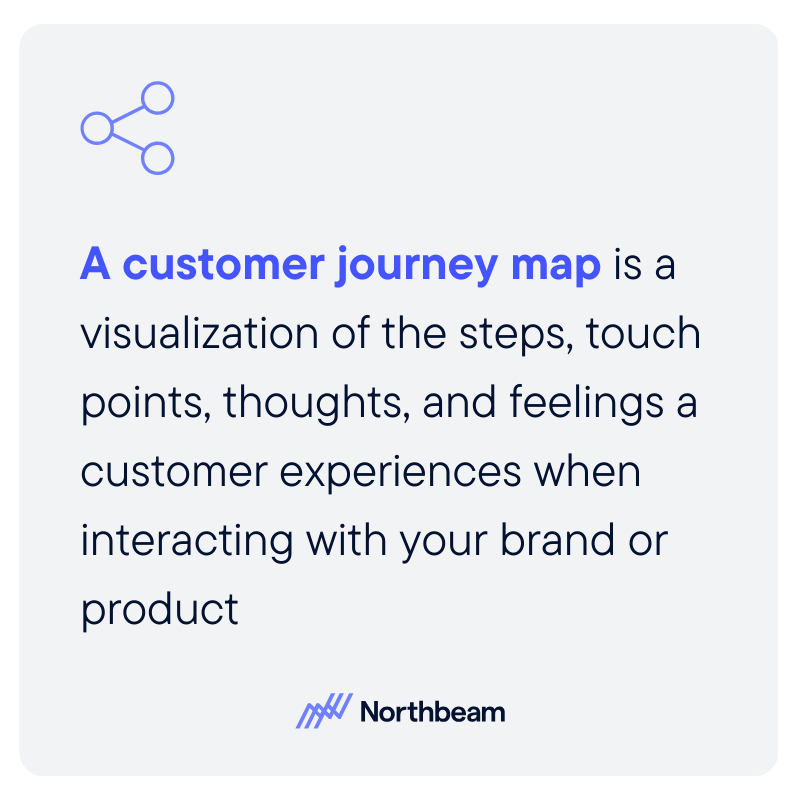


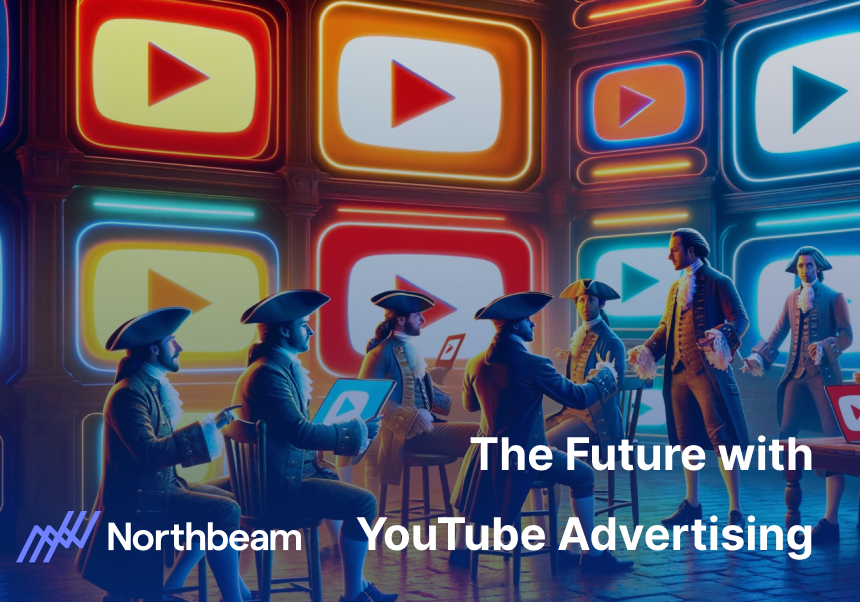

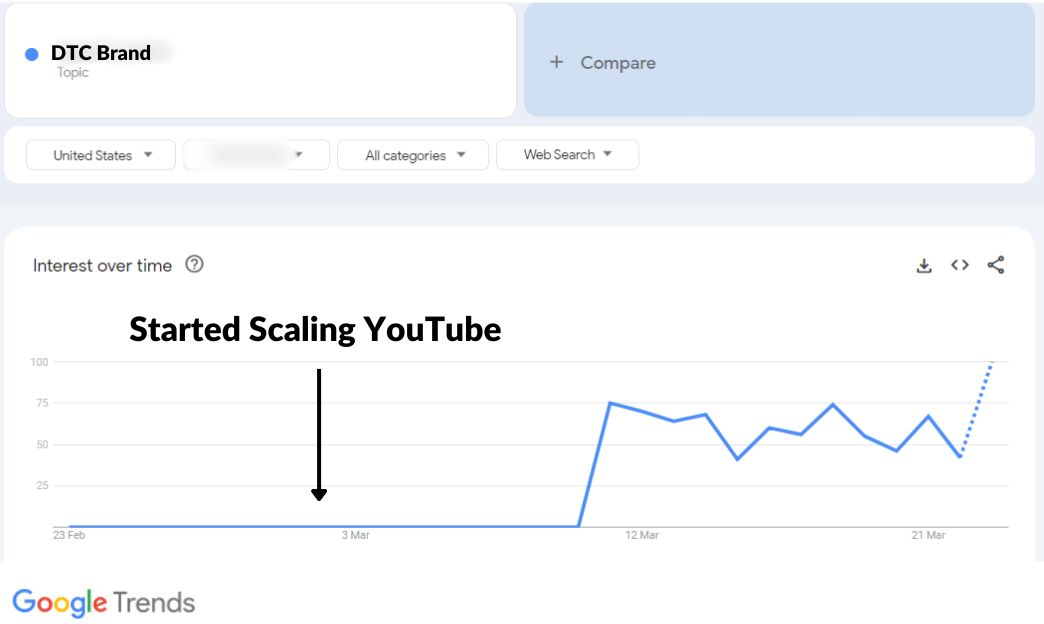


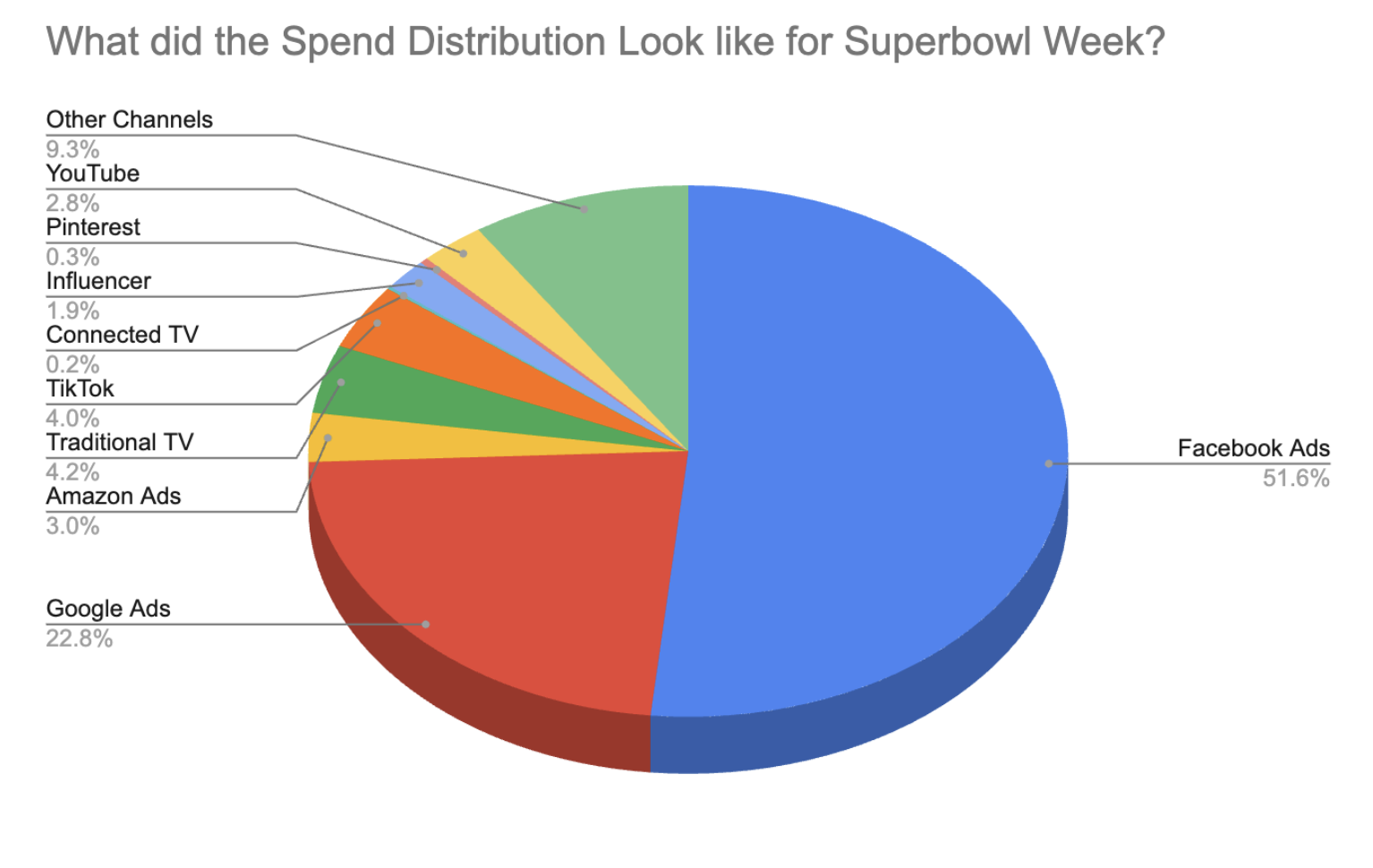



%25201.png)

.png)
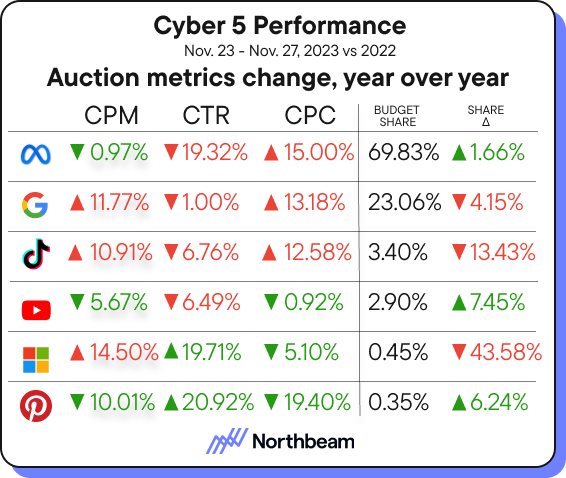
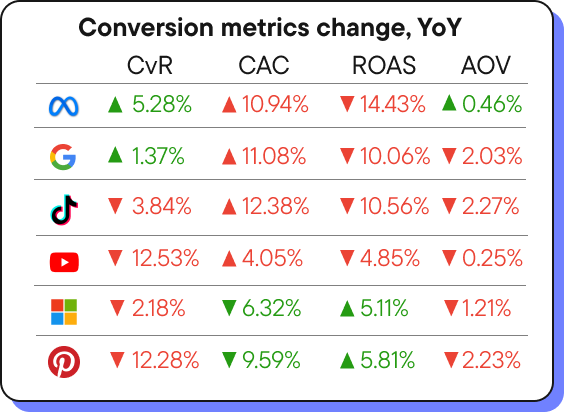
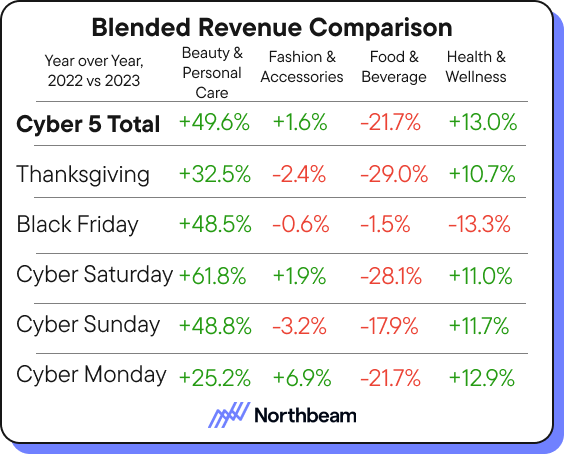




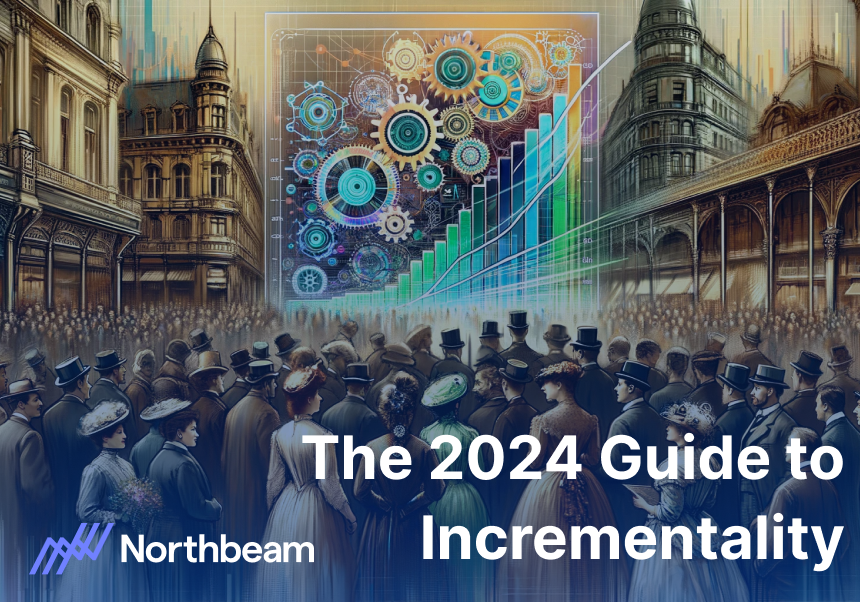
.jpeg)

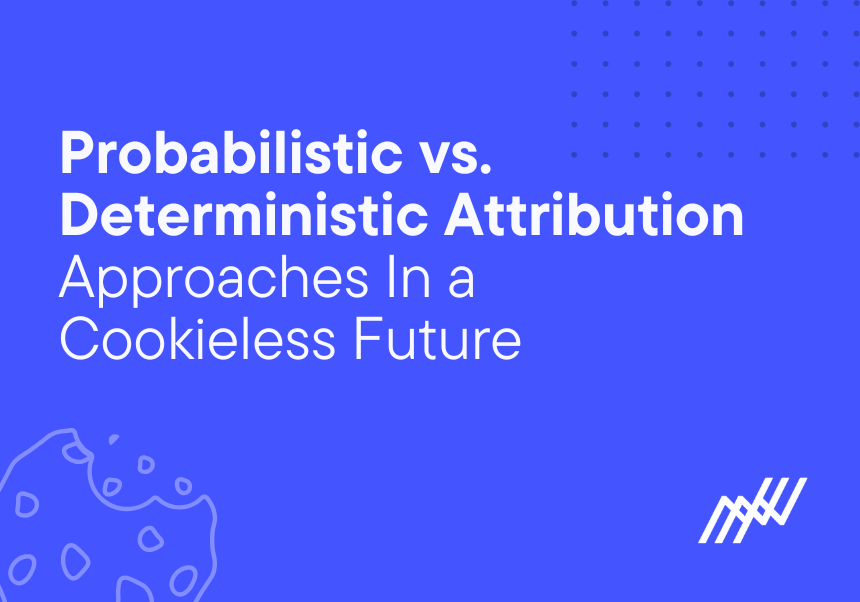
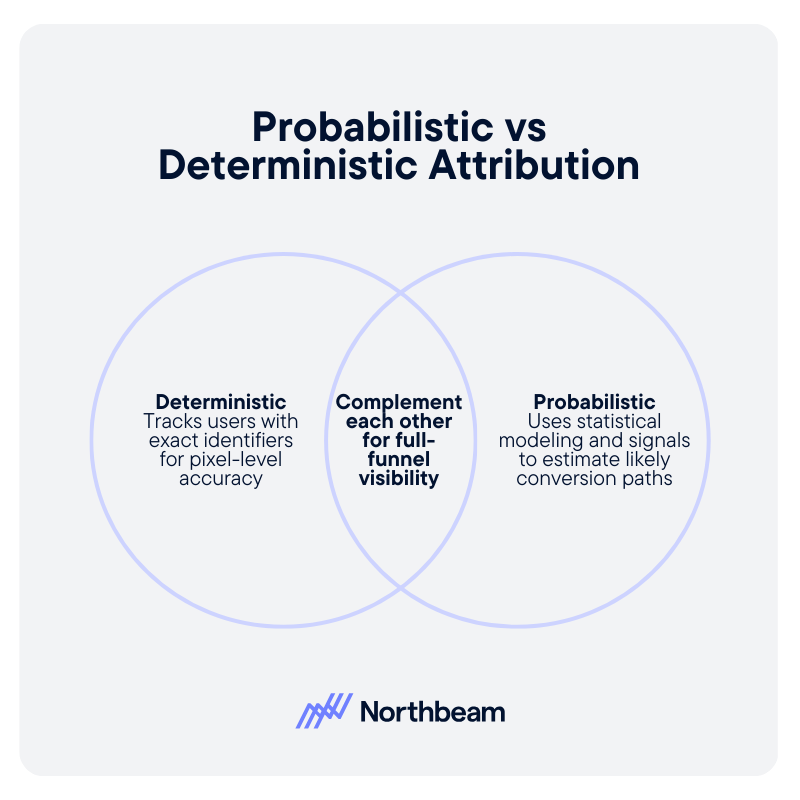
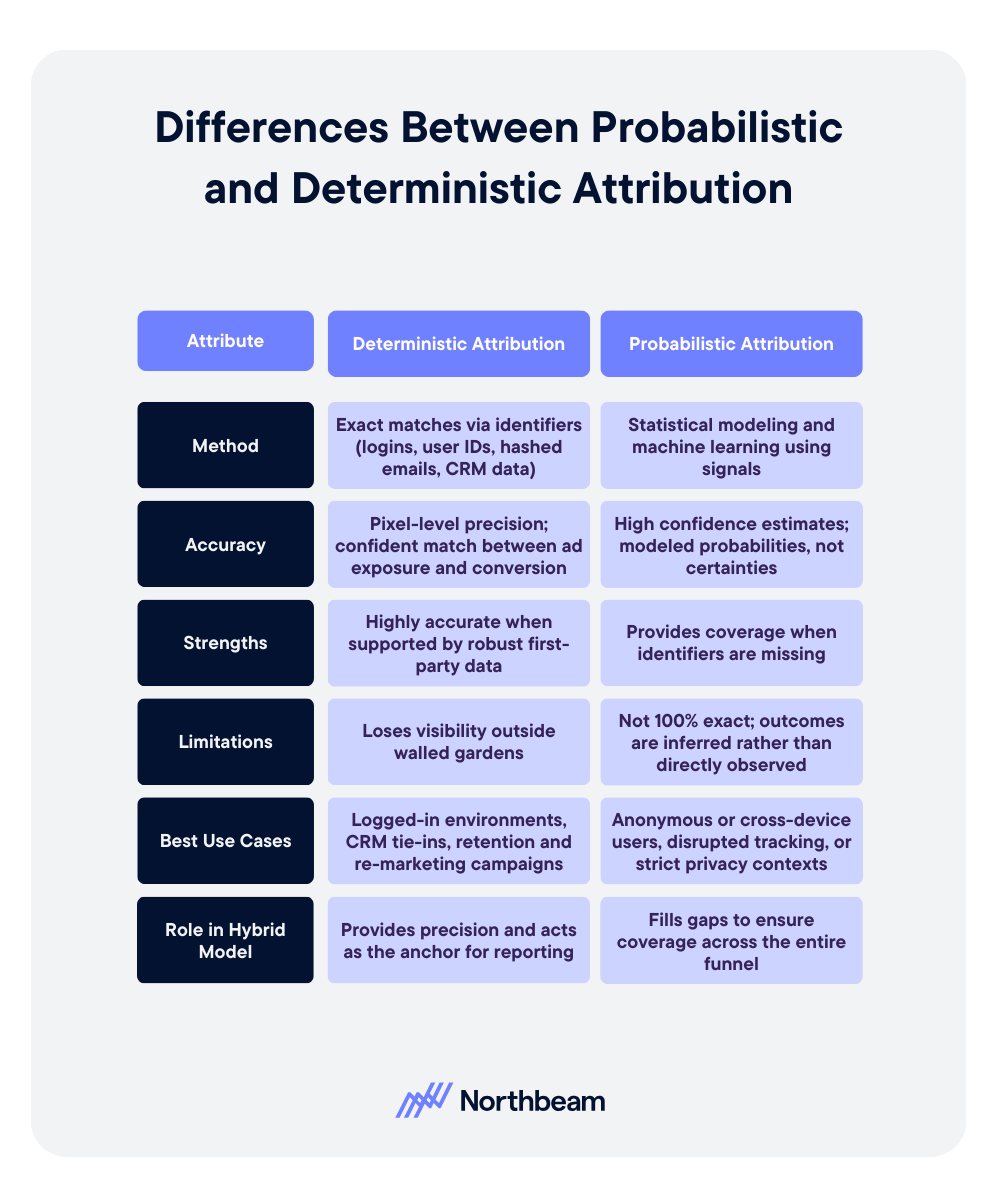
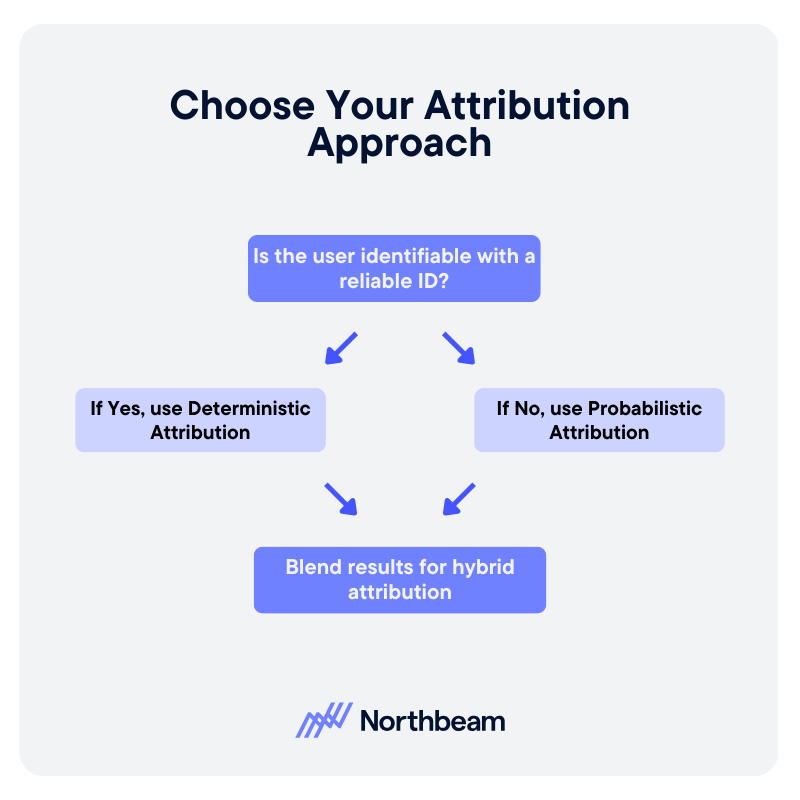








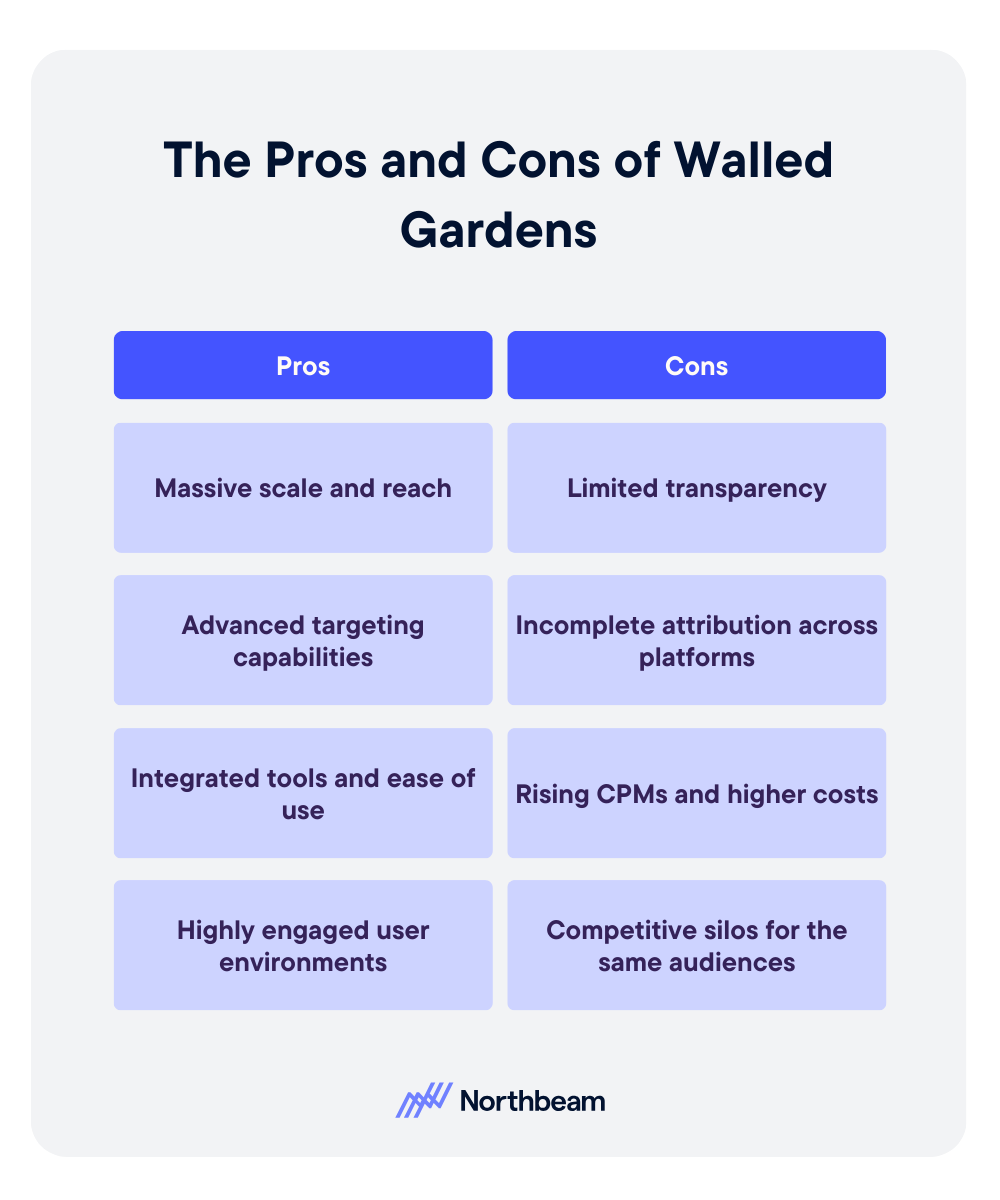

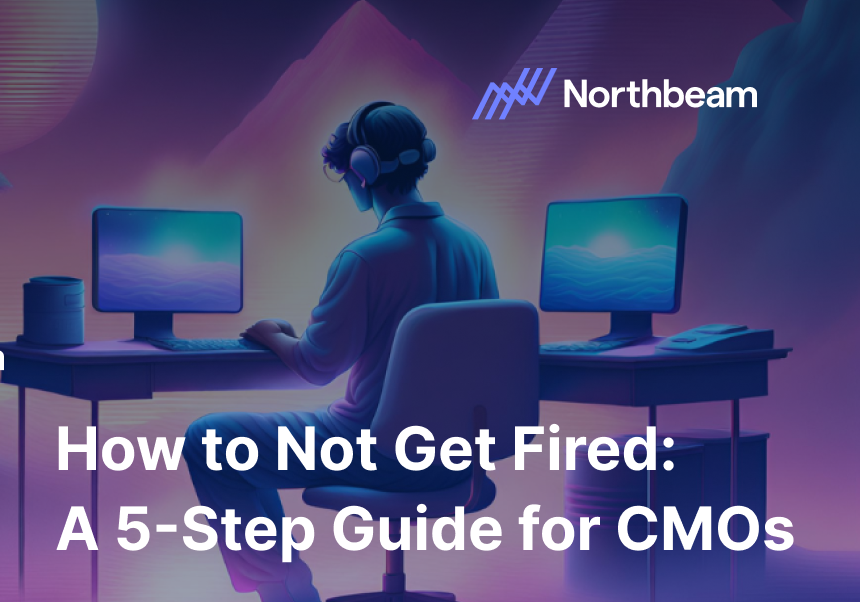

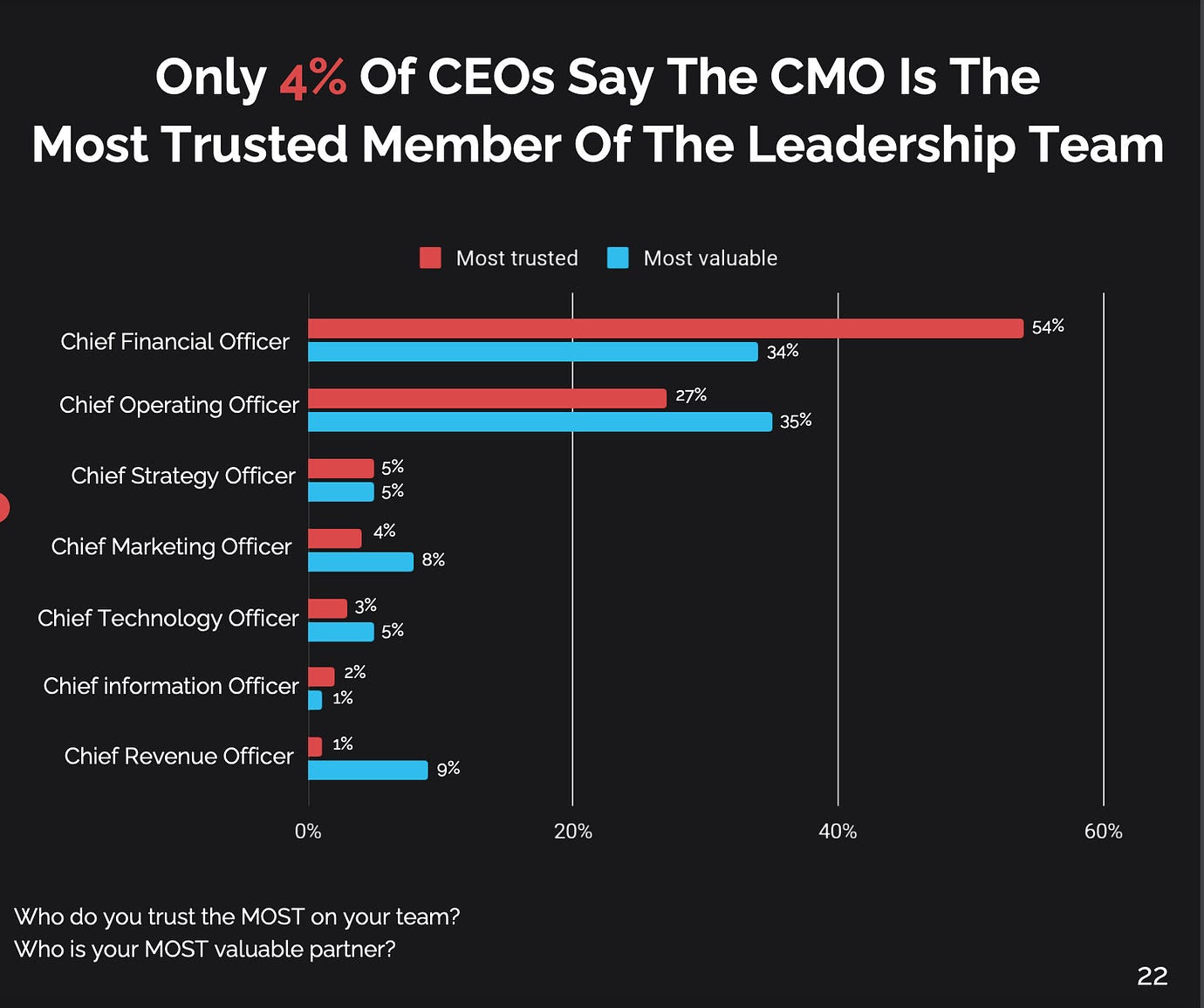
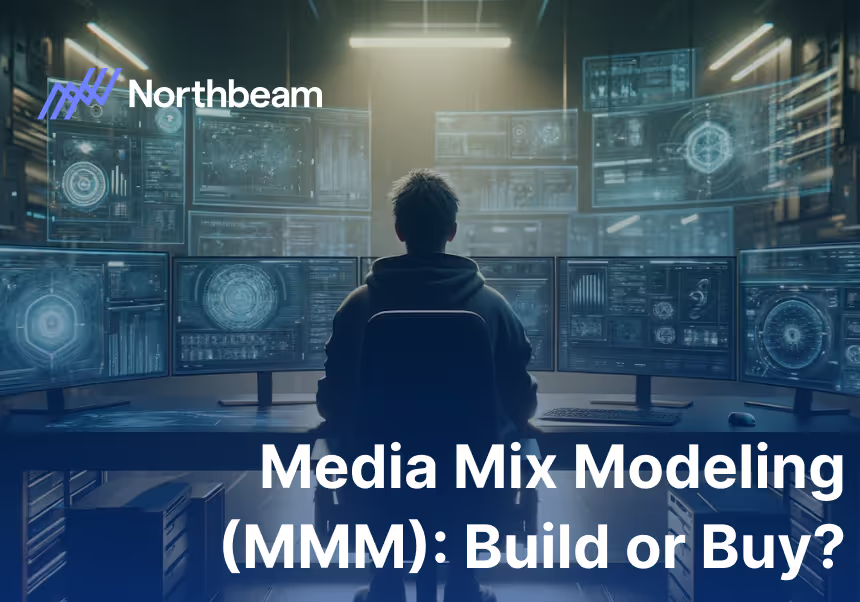
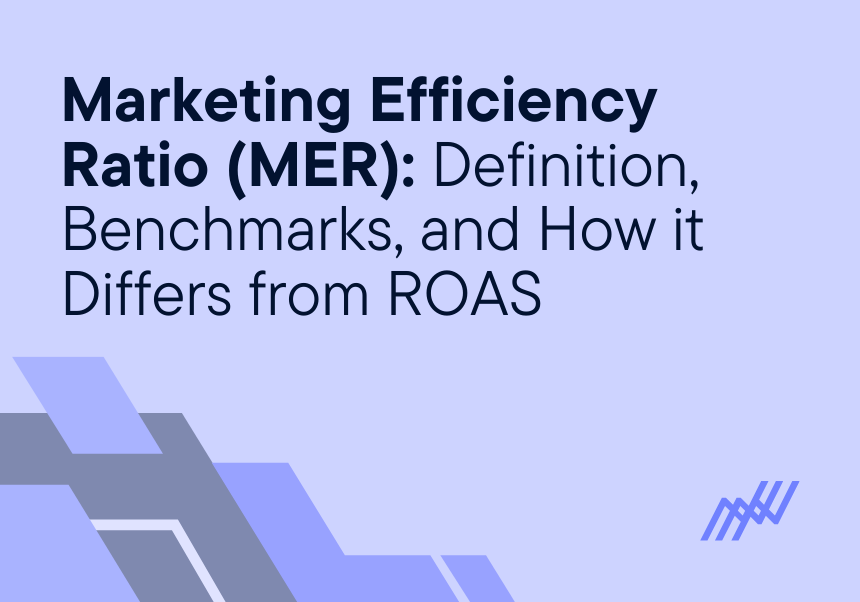










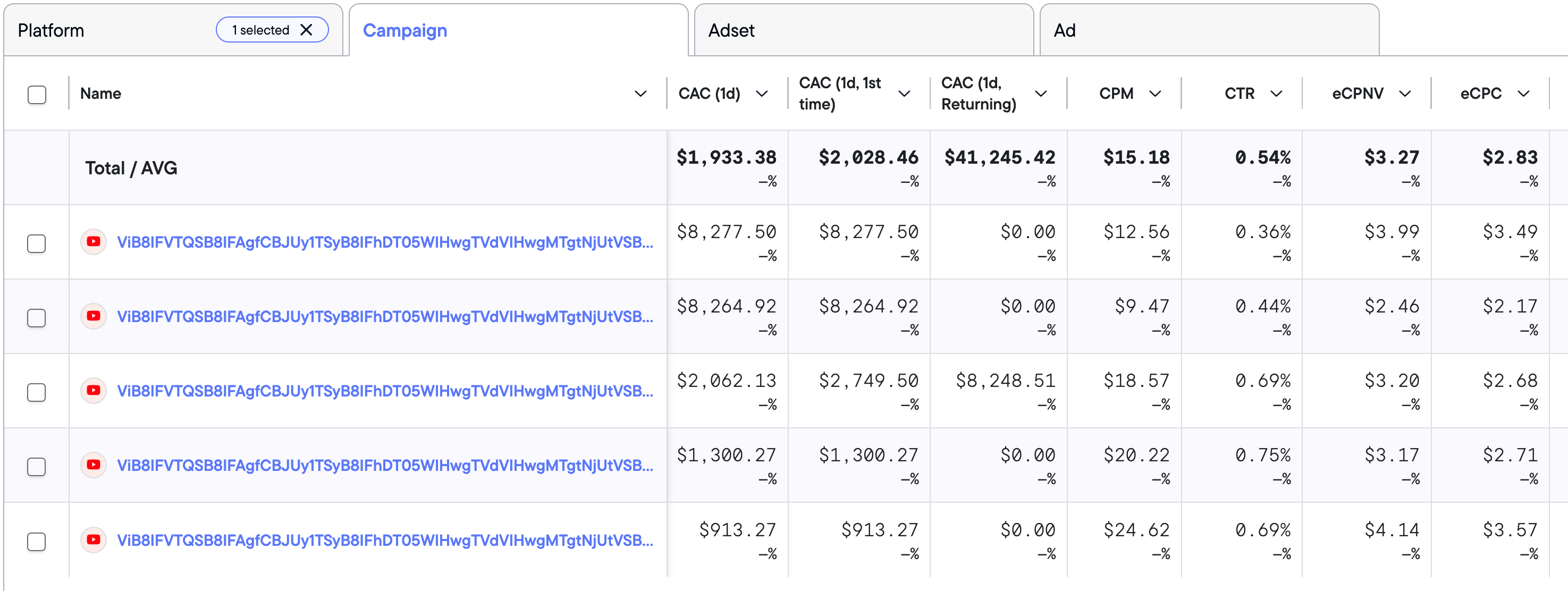
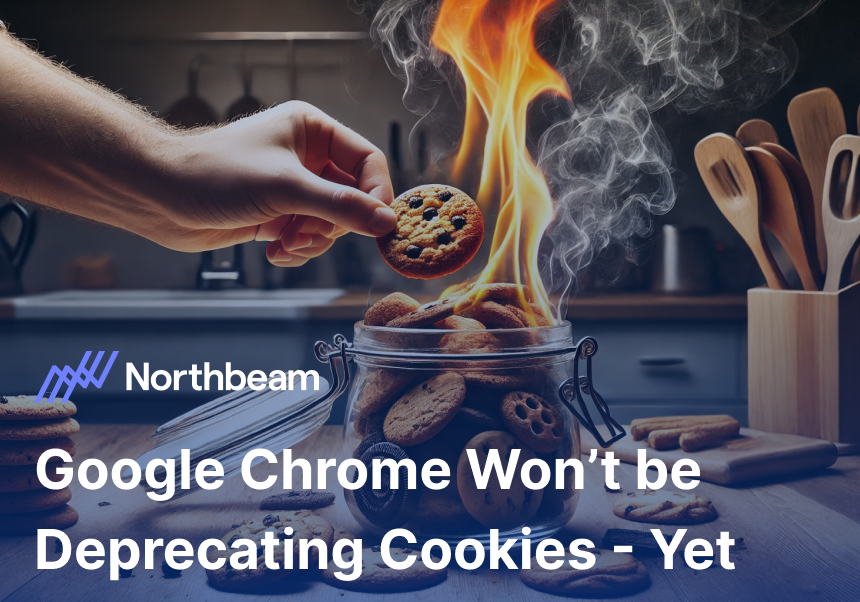
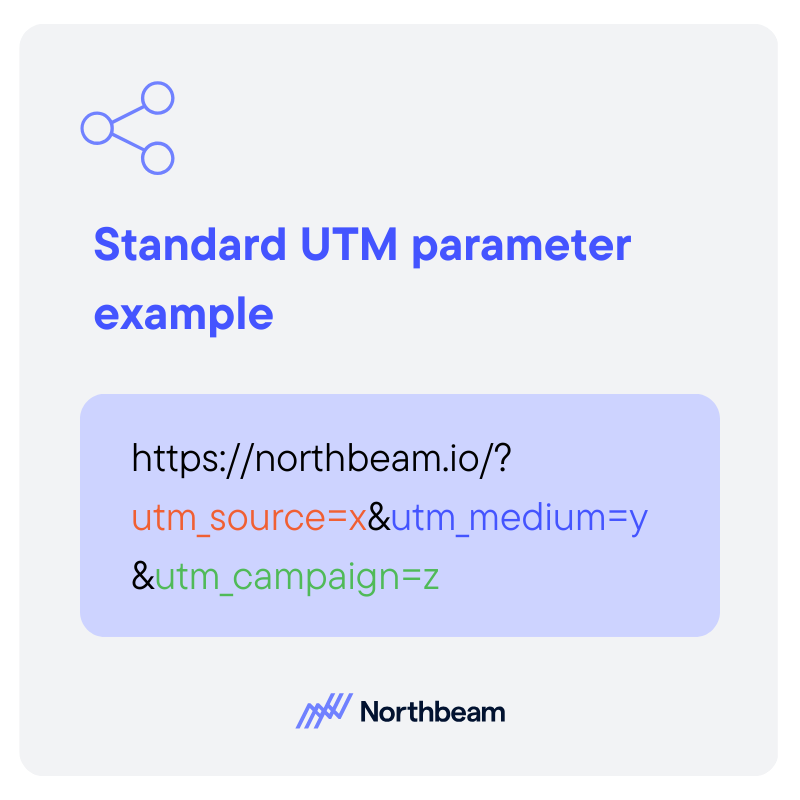
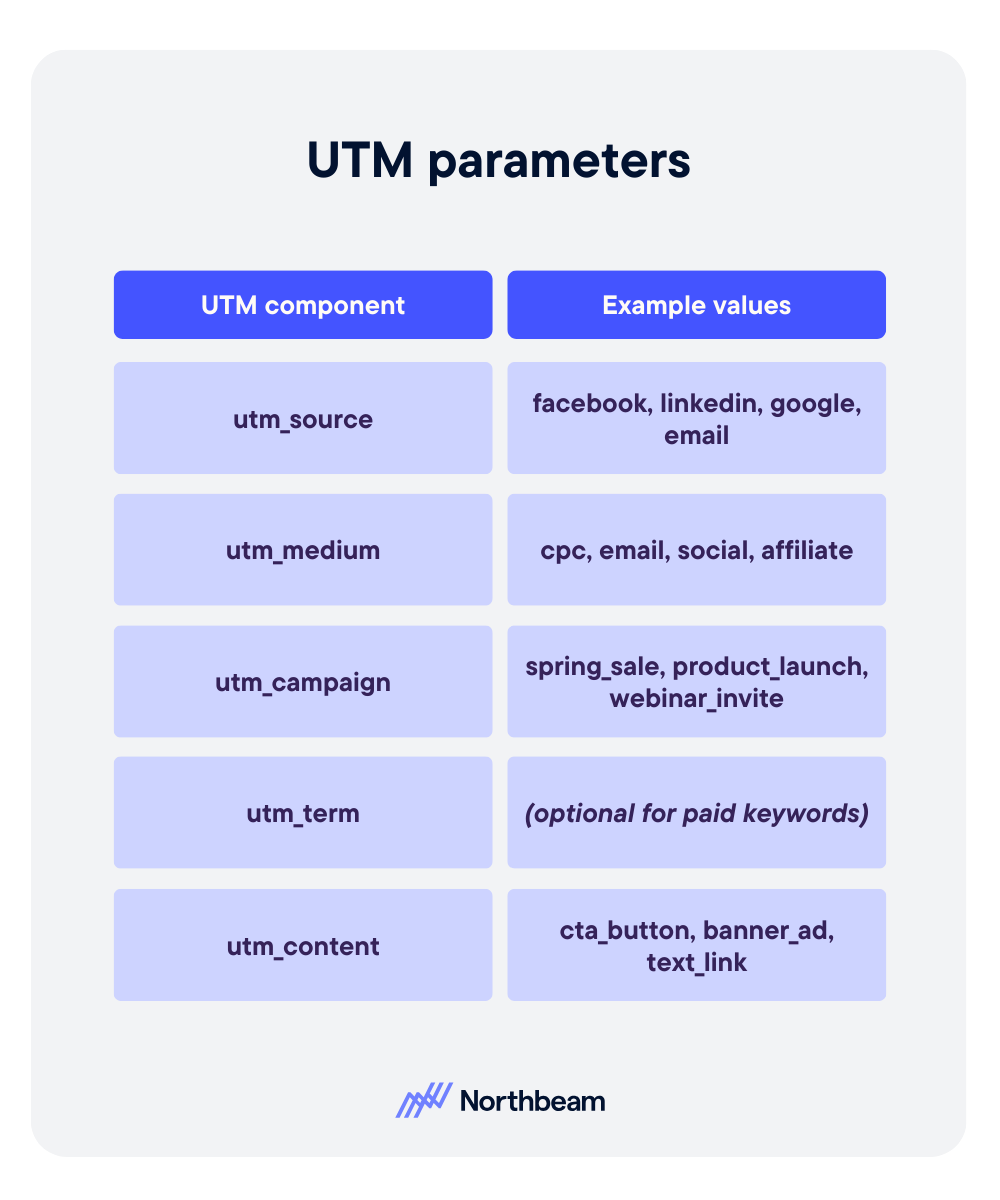
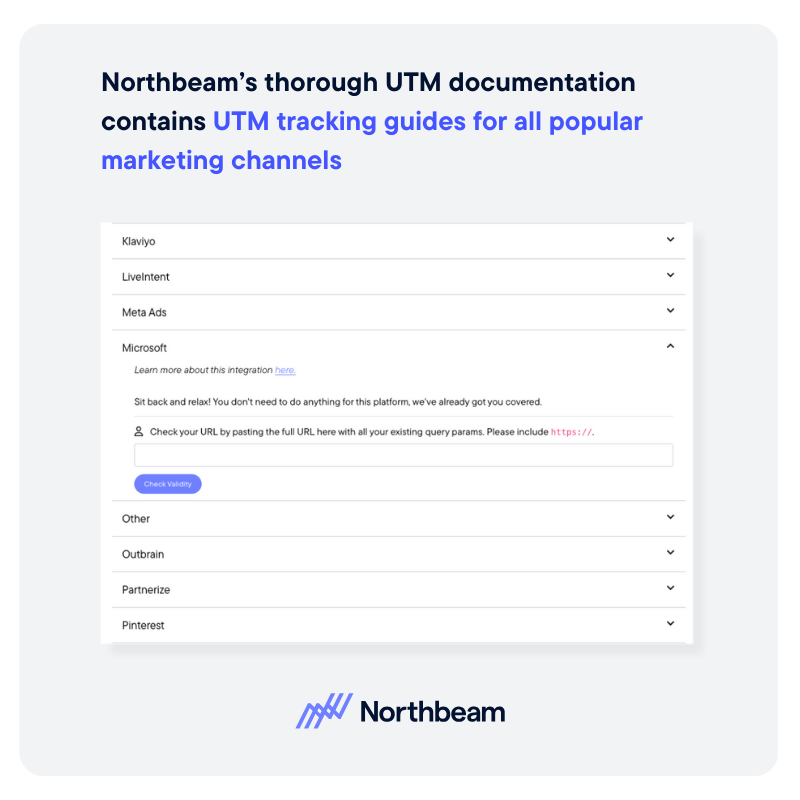

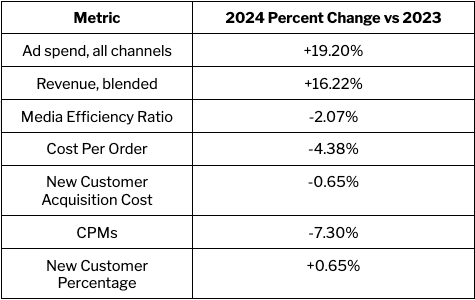


.png)

.png)
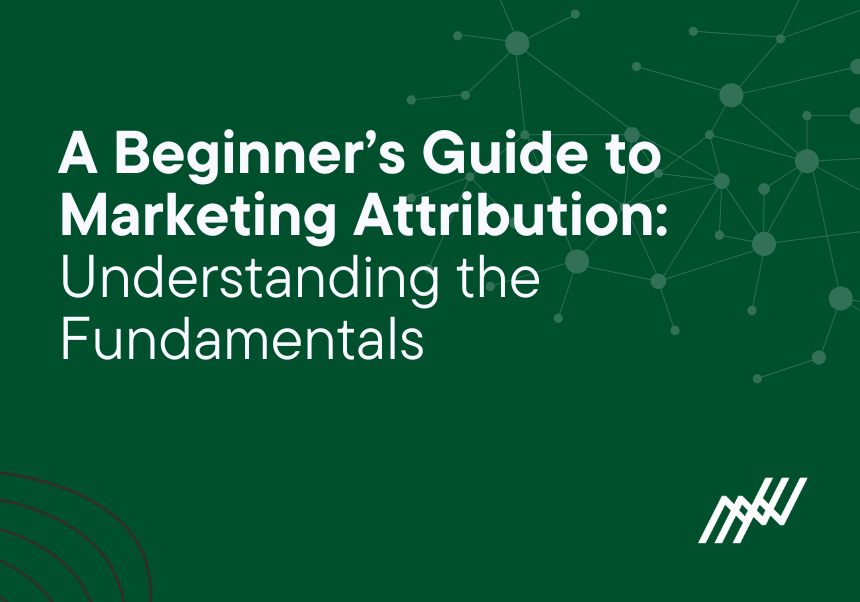
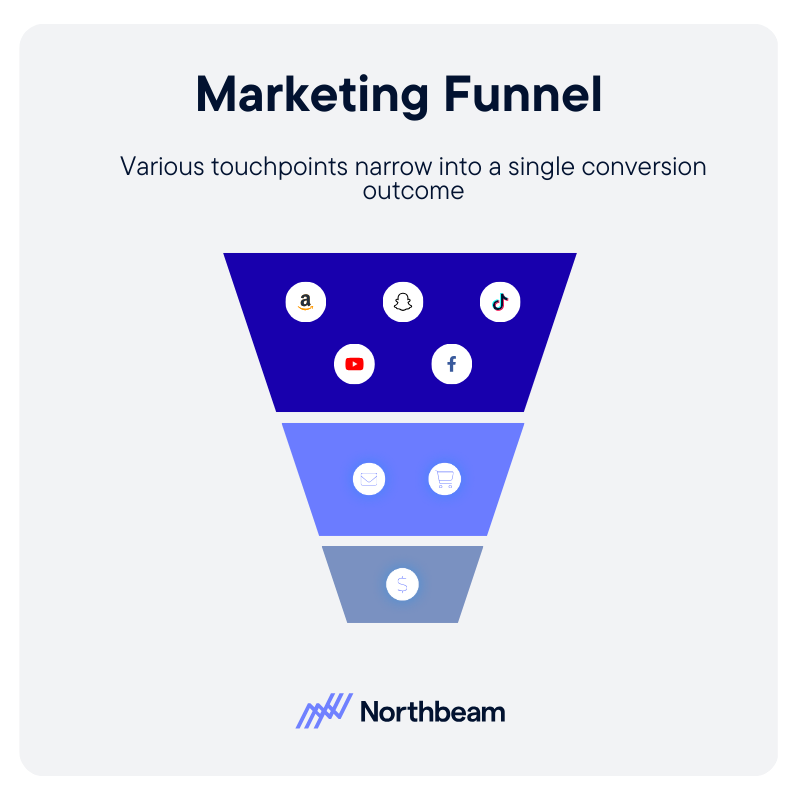
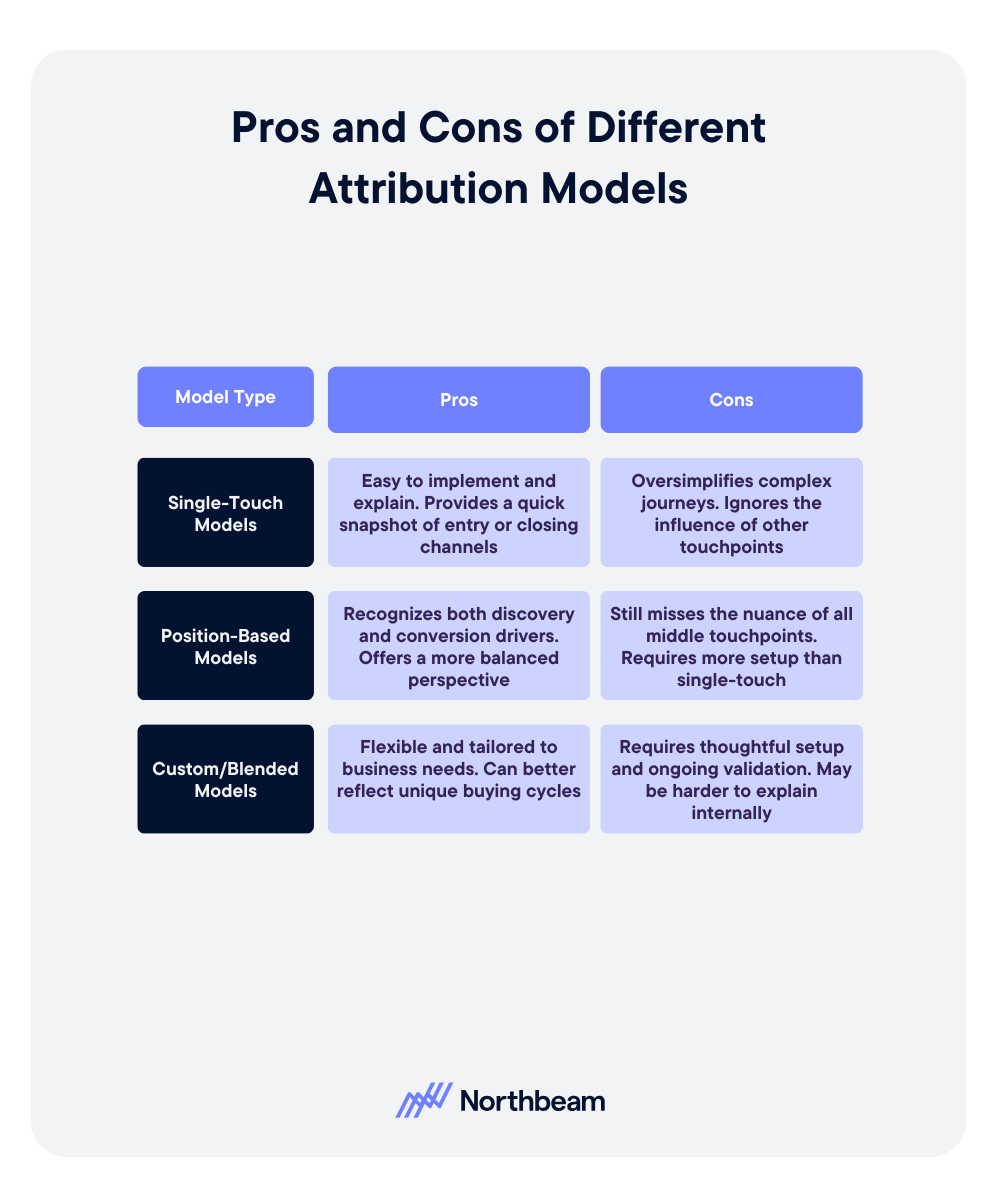



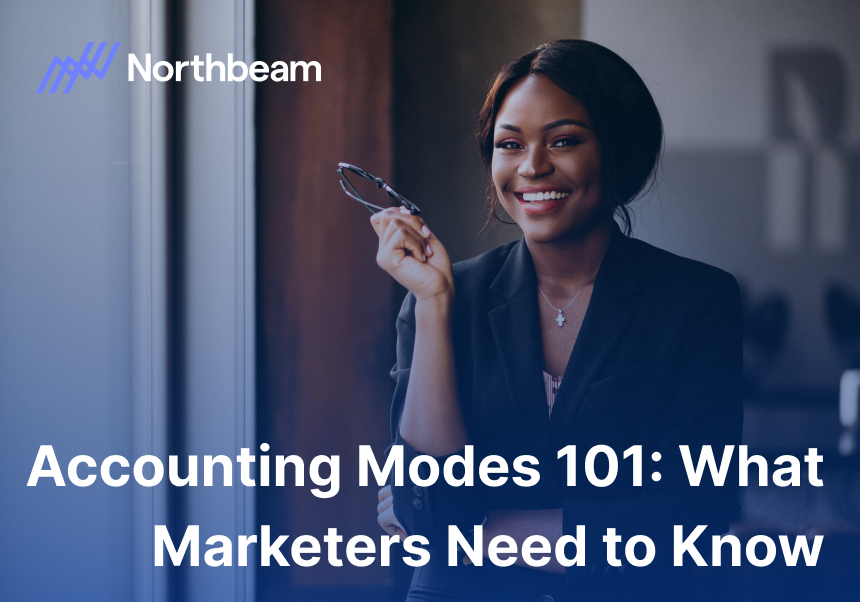
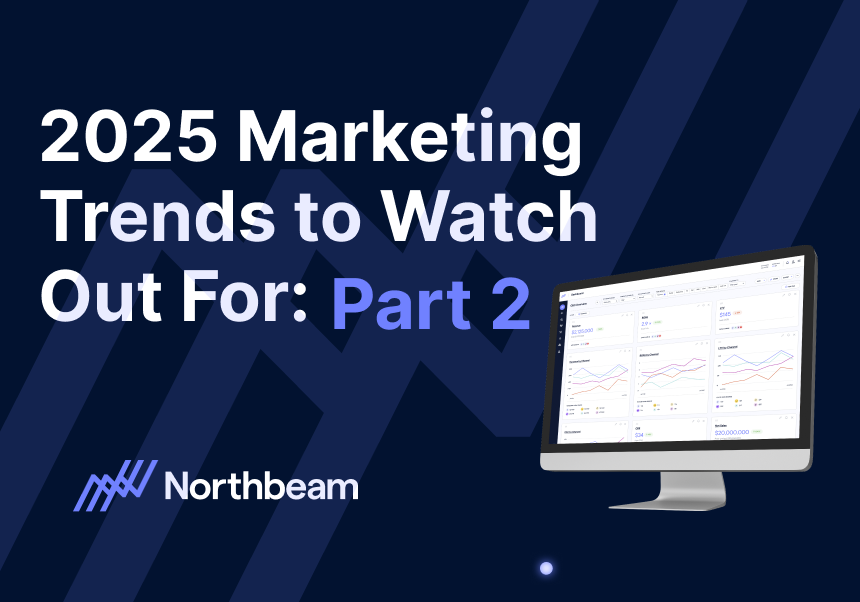



.svg)
